In October 2021, I participated in a two-week archaeological prospection in northern Serbia, led by the University of Kiel and the Museum of Vojvodina. I had a blast and enjoyed getting to know Serbia, so I was thrilled to get the chance to join the team again in March last year for another two weeks. A few of the archaeologists from the previous project joined in as well, as did a bunch of new people. This time, we had a bit more variety in nationalities: Martin, Till, Fynn, Victoria, Merle, Julian, Erik and David from Germany, Kata from Hungary, Manuel from the Netherlands, Didrik from Norway, me from Denmark, and of course the Serbian team consisting of Tijana, Aleksandar, Nikola and Ida from the Museum of Vojvodina in Novi Sad. And most importantly, Lenka, our adorable excavation dog! A diverse crew, and a fun group to share this experience with. Much like in 2021, our goal was to discover new Neolithic (late Stone Age) sites, but last year, we also returned to some of the sites we found in 2021 to continue our work there. This time, we had two teams: one conducting a small excavation of a skeleton at Borđoš and one surveying various sites using a magnetometer which can detect and map out archaeological features and artefacts.
I travelled to Serbia on March 18th, a few days before the prospection began. For the 2021 campaign, I drove with the team from Kiel, but since I was working full-time at an excavation in Denmark, I didn’t have the time to do that this time, so I flew to Belgrade instead. This gave me a great opportunity to explore Belgrade, a city I really enjoyed. My then-boyfriend, now-friend (let’s call him A) joined me for the trip to Belgrade and a few days in Novi Bečej, our base for the project. We stayed in the same guesthouse in Novi Bečej as in 2021, so it felt like coming home when we finally arrived Sunday evening!
Just like last time, I wrote a diary every evening, documenting what we experienced each day of the project:
Day 1: Monday, March 21st 2022
Our project began at Borđoš, the famed locus classicus of Neolithic circular settlements, located on the bank of the river Tisa. We awaited the arrival of Aleksandar and Ida in the morning and then set off at 10 AM to the site where we’d discovered two skeletons during the 2021 campaign. A human skeleton was found on the last day of the project, so we returned last year to fully excavate and document it. While part of the team cleared a section of a nearby field from vegetation for future geomagnetic analysis, I joined Didrik, Erik, Kata and Manuel to clean one of two exposed profiles where the skeletons had been discovered. It was in the south profile that we discovered a dog burial in 2021, not a child burial as first anticipated. This time, we focused on the north profile where the human skeleton was discovered. It took us the whole day and then we didn’t even finish but we did manage to find the different layers in the profile, and we also discovered a burned feature with lots of daub which was also visible in the south profile (initial interpretation was a burned house).
At 5 PM, we headed back to the guesthouse in Novi Bečej. I rushed to have a shower, grabbed A and hurried down to the river Tisa to watch the first sunset of this Serbia season. The sun had already bid farewell but it was beautiful nonetheless. The colours only got brighter as we strolled down the river, past the colourful houses that give the town its distinctive look. We met up with the others for a meal at the restaurant where we also ate in 2021. And just like last time, I ordered the plata vegetariana every evening – a dish that changes every single day despite having few very simple ingredients! It’s always a surprise to see what you’ll get!
A and I then went for another little walk around town before calling it a night and spending a cozy evening at the guesthouse.
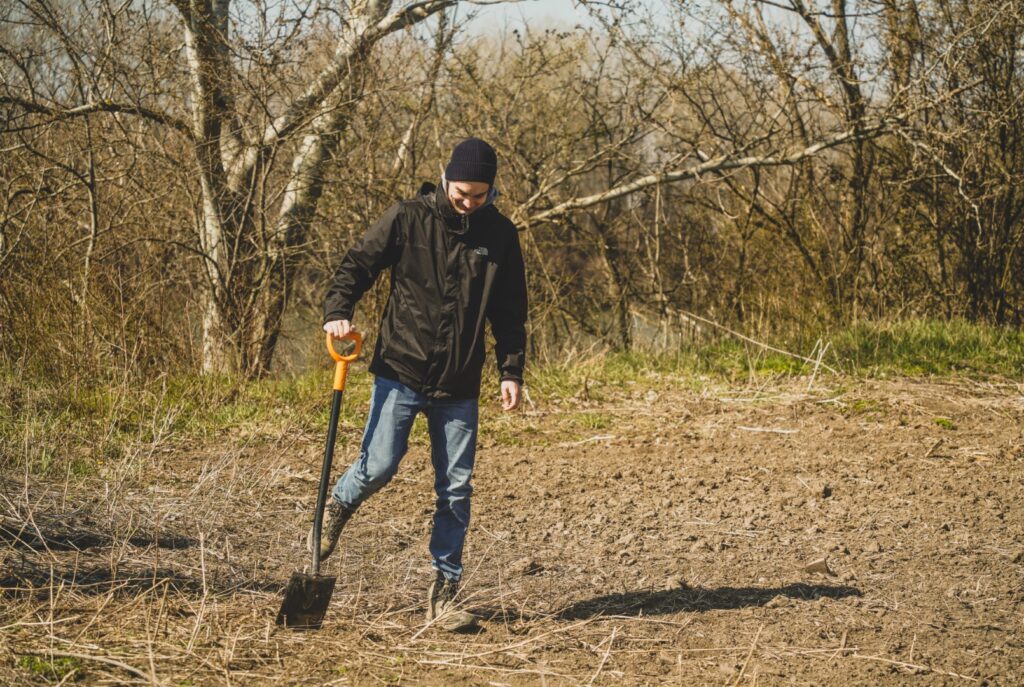
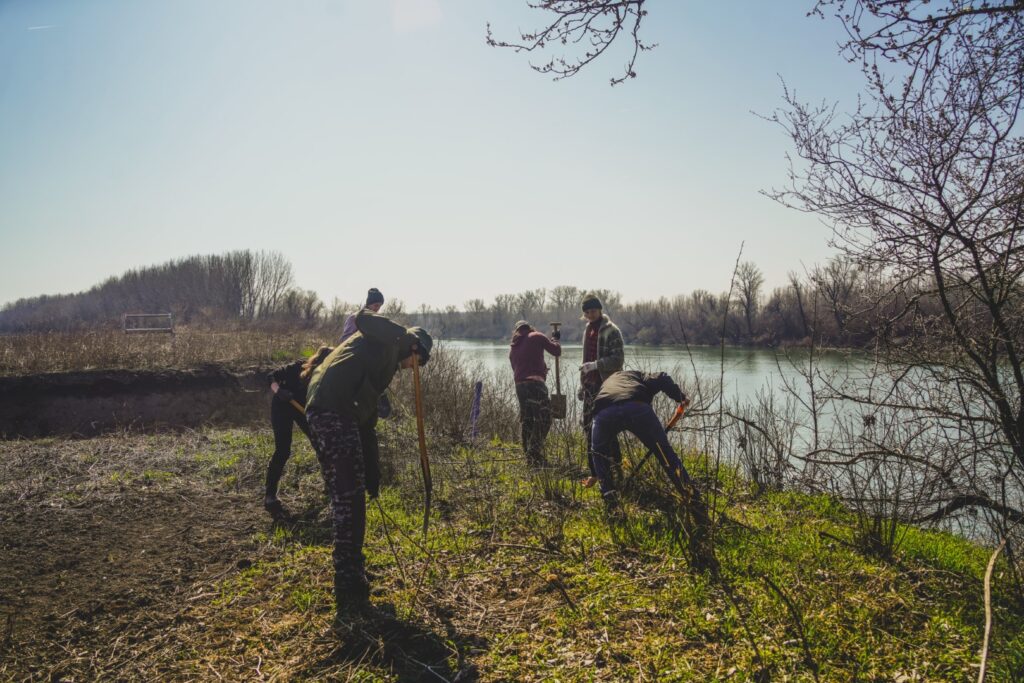


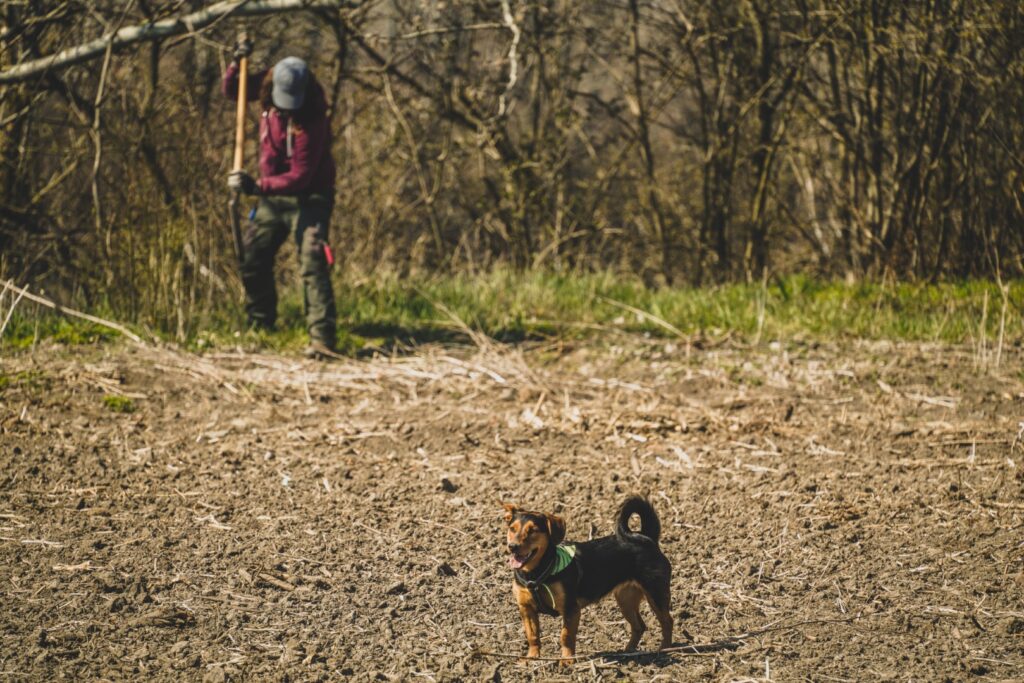
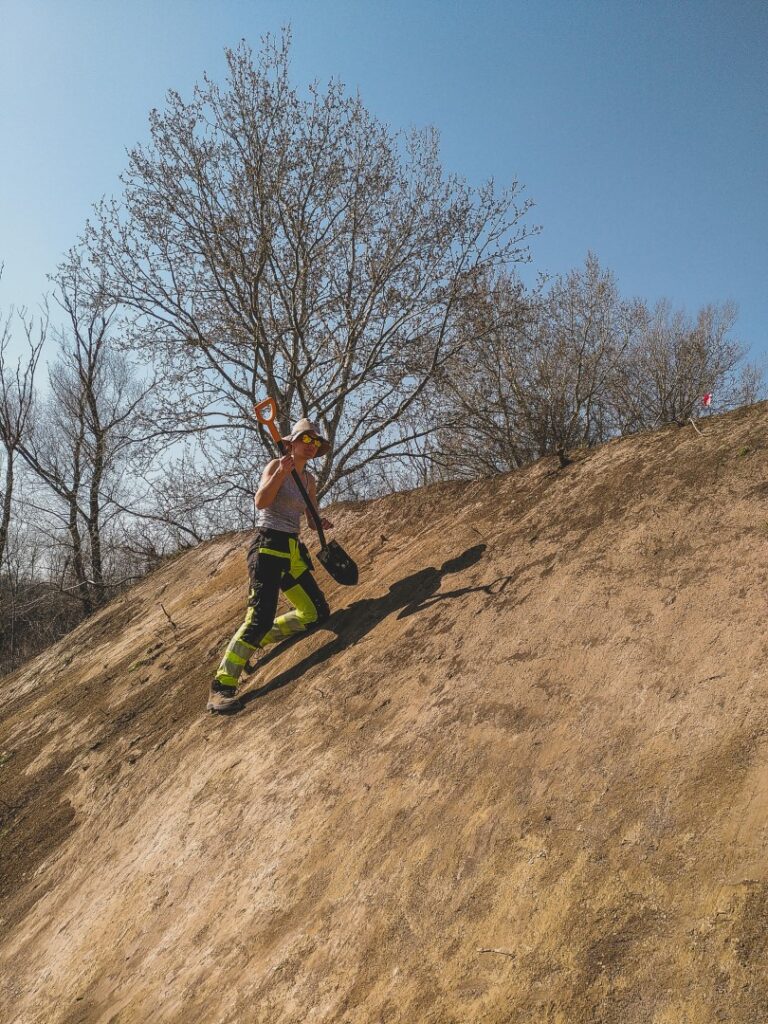
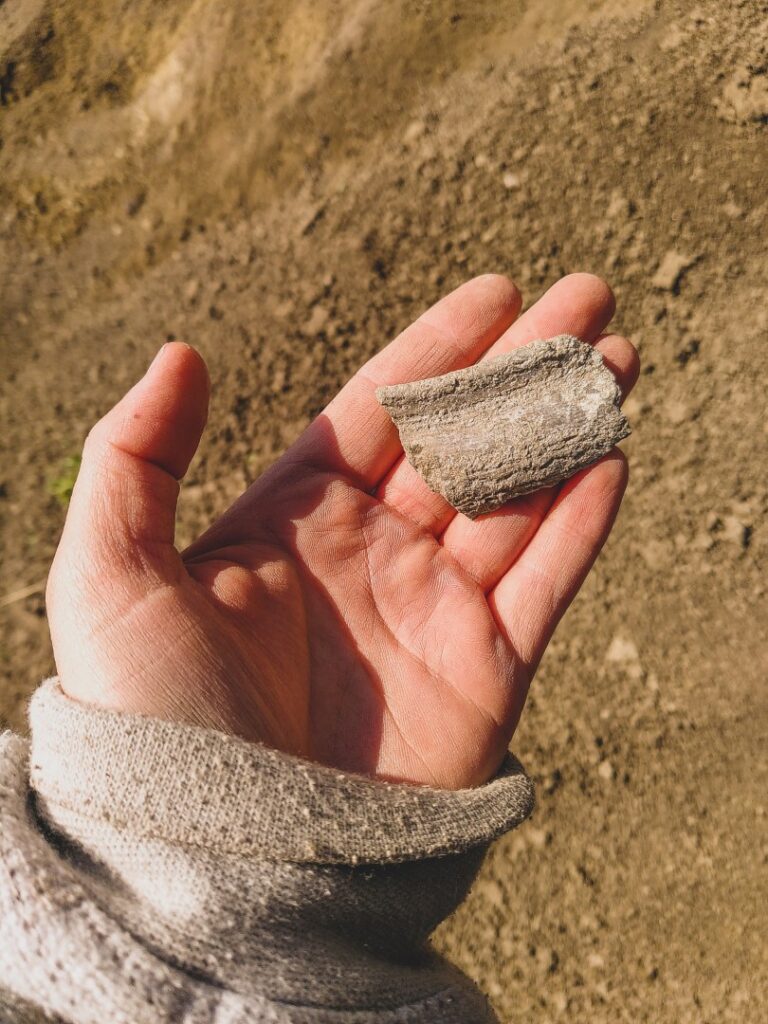
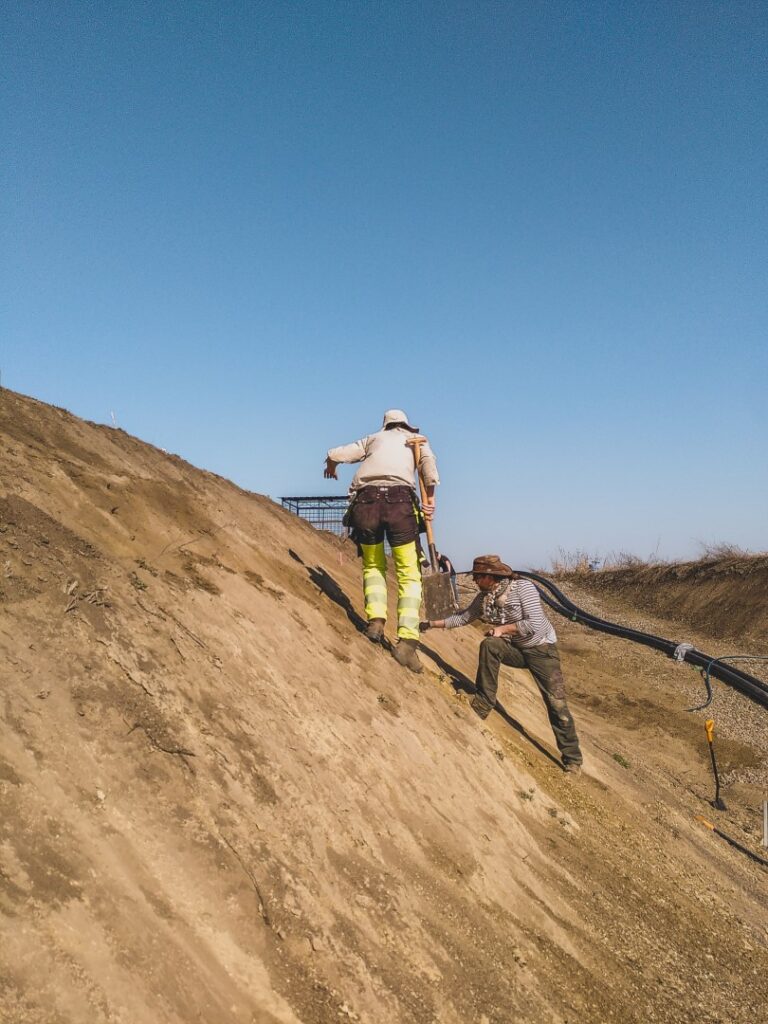



Day 2: Tuesday, March 22nd 2022
I switched teams with Till as he had to help at the excavation, and instead headed out with Fynn, Julian, David, Victoria and Merle to do geomagnetics at Žabalj, a site we also worked at in 2021. The site dates to the Vinča and Tisa cultures (contemporary cultures, around 5000-4500 BC) and is located in the Jegricka Nature Park, which is full of water sources and migratory birds. In the 2021 campaign, we discovered a circular settlement at Žabalj similar to the one at Borđoš, and we returned this time to survey more of the site.
We left the guesthouse at 8.15 AM with hot freshly baked mini pizzas from Mini Pani for a 50-minute drive. Mini Pani was all the craze during the 2021 campaign and I went there almost every day, and guess what, the guy selling them remembered me! It had been five months, but I never forgot him, so I’m happy he didn’t forget me either. He will always be my favourite Mini Pani hustler!
I set up the total station with Fynn, then spent the morning pushing the magnetometer over fields with Victoria and David. Aleksandar and Nikola came by for a short visit, and it was so good to see them again. The others did some surface collecting in the meantime which we helped with when we’d finished. The fields were full of sherds but we were told only to collect diagnostic and decorated sherds. Still, we had several bags full by the time we had finished! We also found a few stone axes and blades plus one small core! The geomagnetic analysis revealed several houses from the Late Neolithic, which was as expected considering the results we had in 2021.
We finished around midday, had our lunch and then pushed the magnetometer around to the other side of the Jegricka river. Merle, Julian and Fynn took over the geomagnetic surveying there, and since there was no surface collecting to be done, Victoria, David and I went on a little adventure around the river. We climbed up a dodgy bird-watching tower for an incredible view of the whole area, watched a flock of swans swim through the river and tried to reach two seemingly abandoned houses across the river. Unfortunately, we couldn’t reach them but instead, we found an old abandoned car!
When we got back to the others, I went to check if the total station was still in its place and then we swapped with the others for some more geomagnetic surveying. We unexpectedly found another Late Neolithic house on this field, so Fynn, David and Victoria filled in some more gaps on the geomagnetics map. We didn’t find anything more so we decided to call it a day and left the site around 4 PM.
A was still working when we got back home so I sorted some pictures and had a shower, and then we took off for a little shopping trip to the town’s thrift store and supermarket before joining the others for plata vegetarianas at the restaurant.
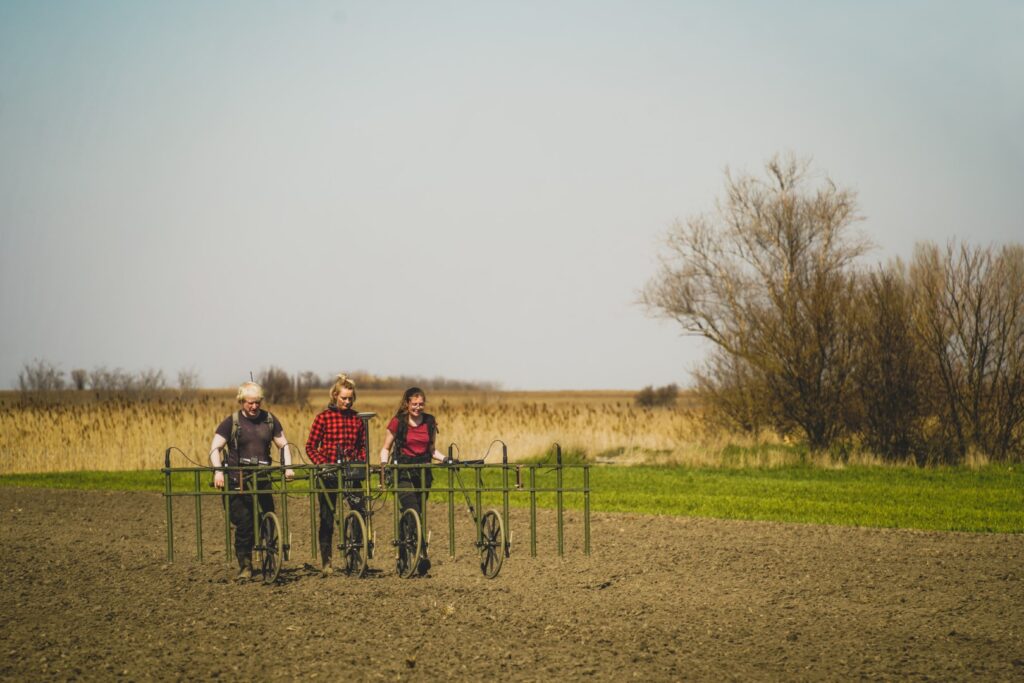
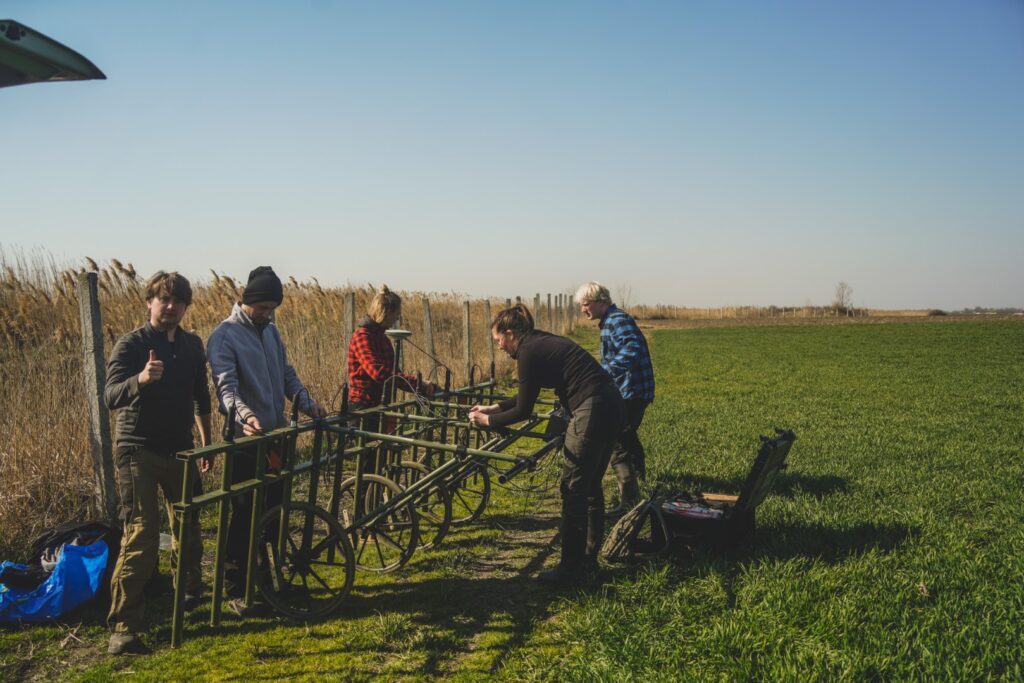

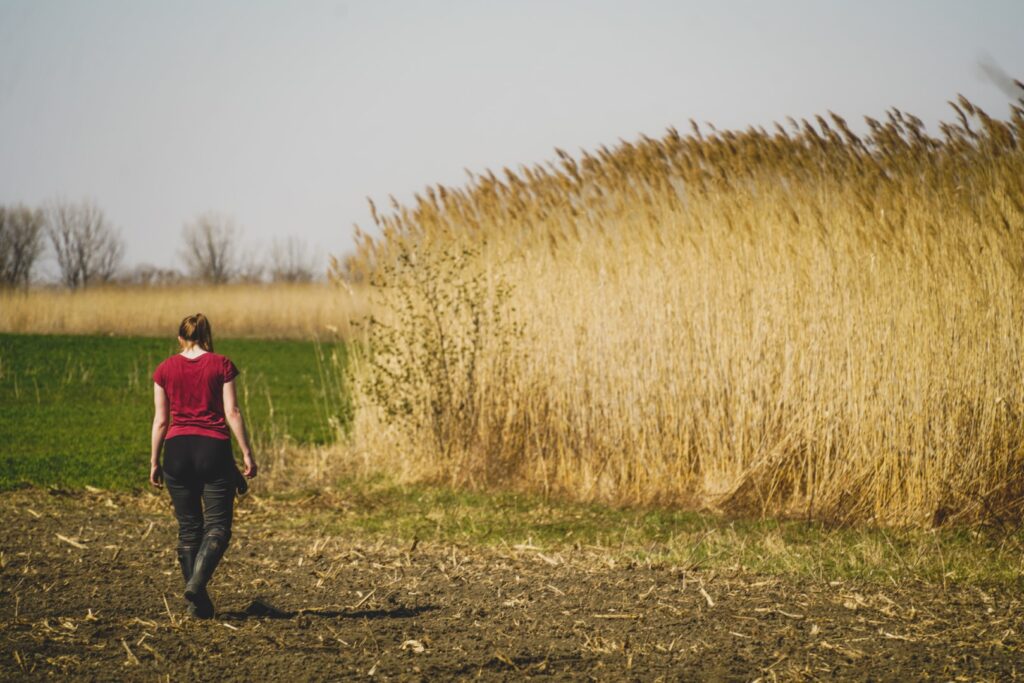
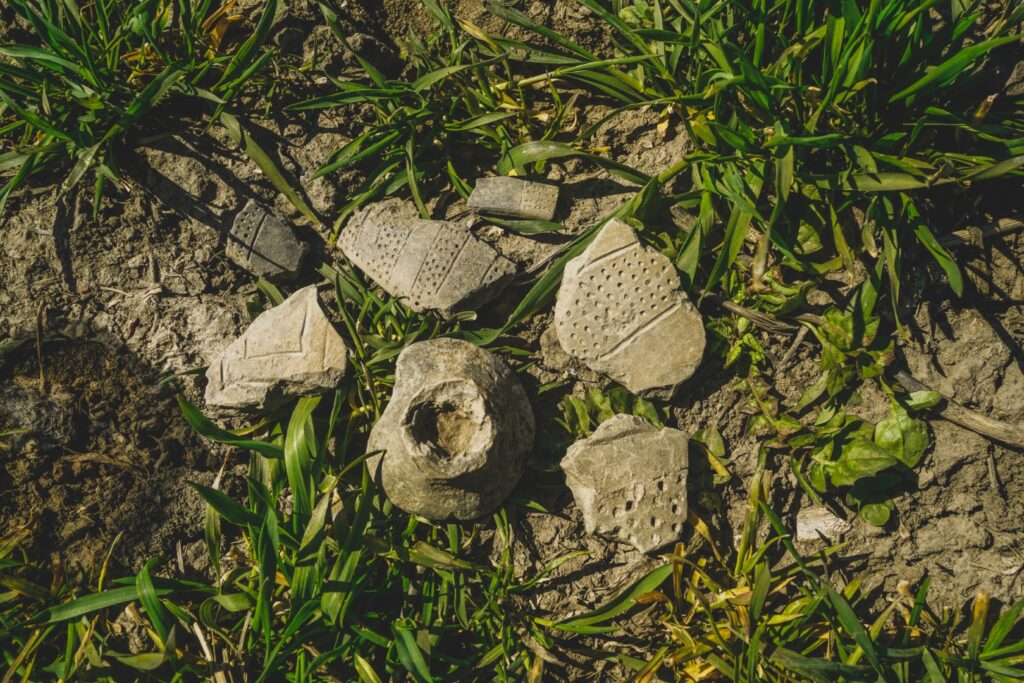
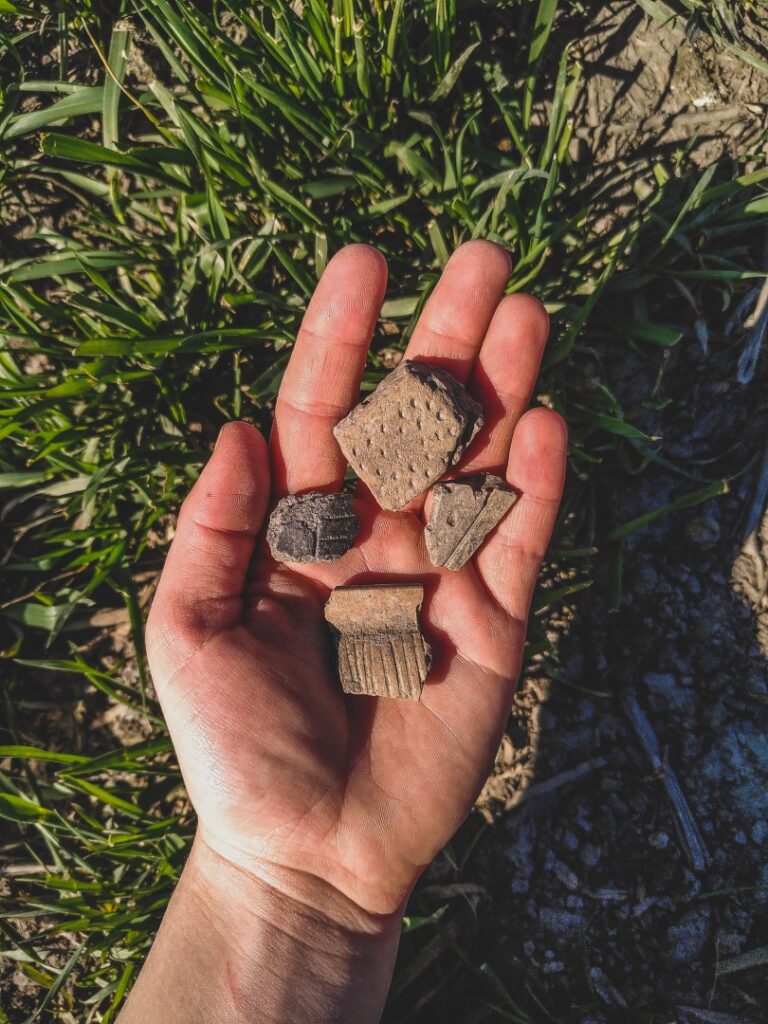
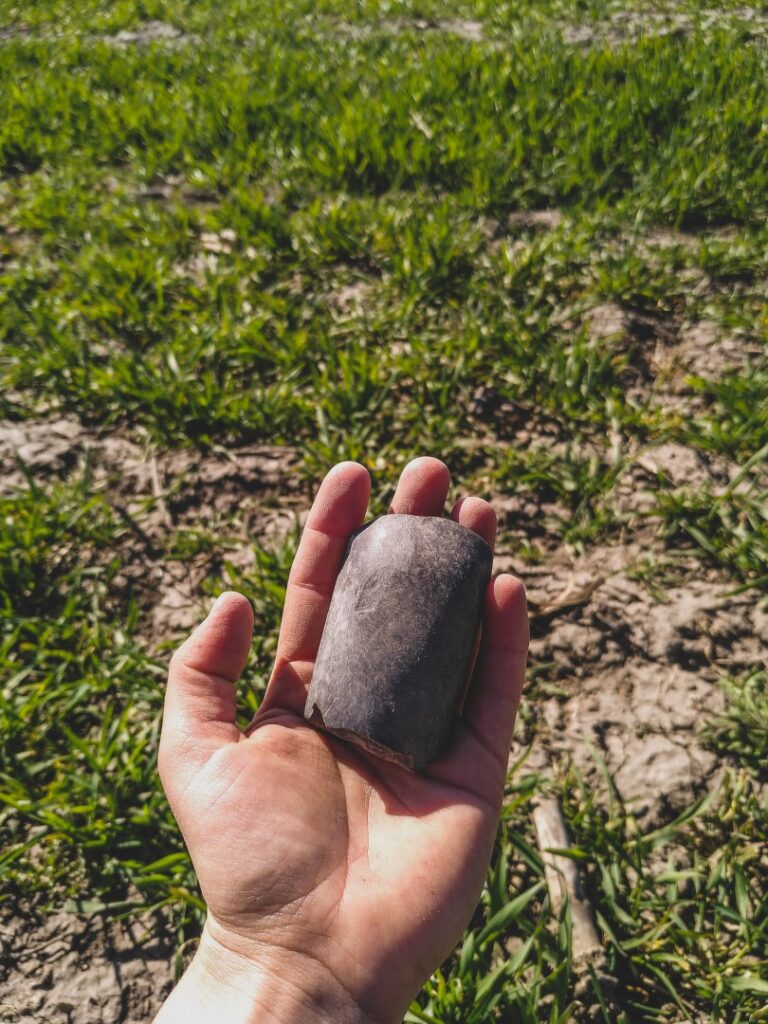




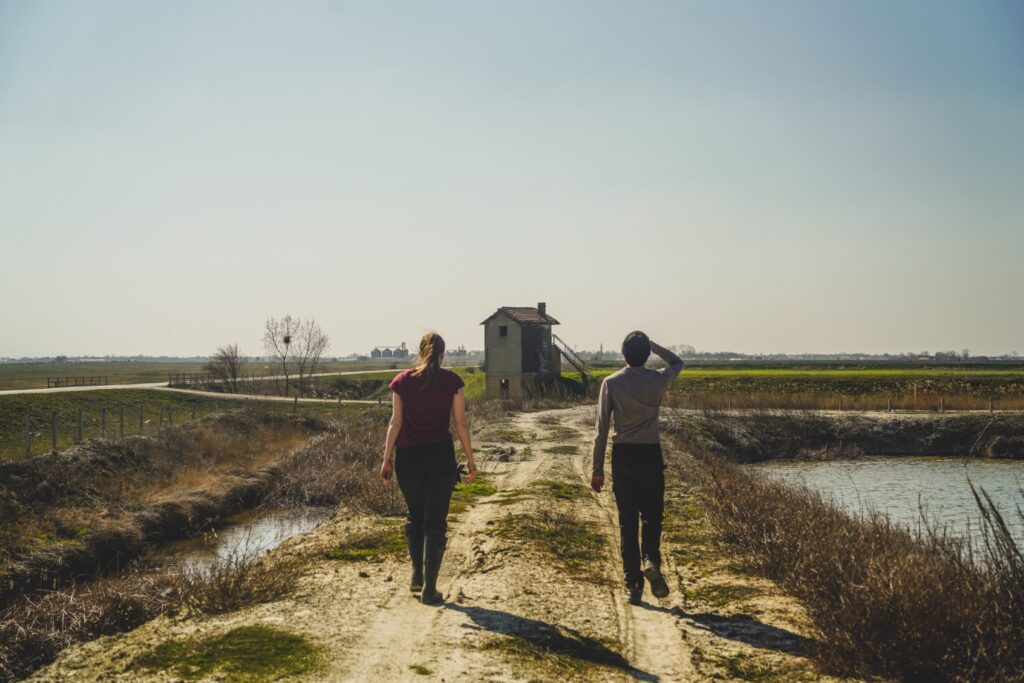
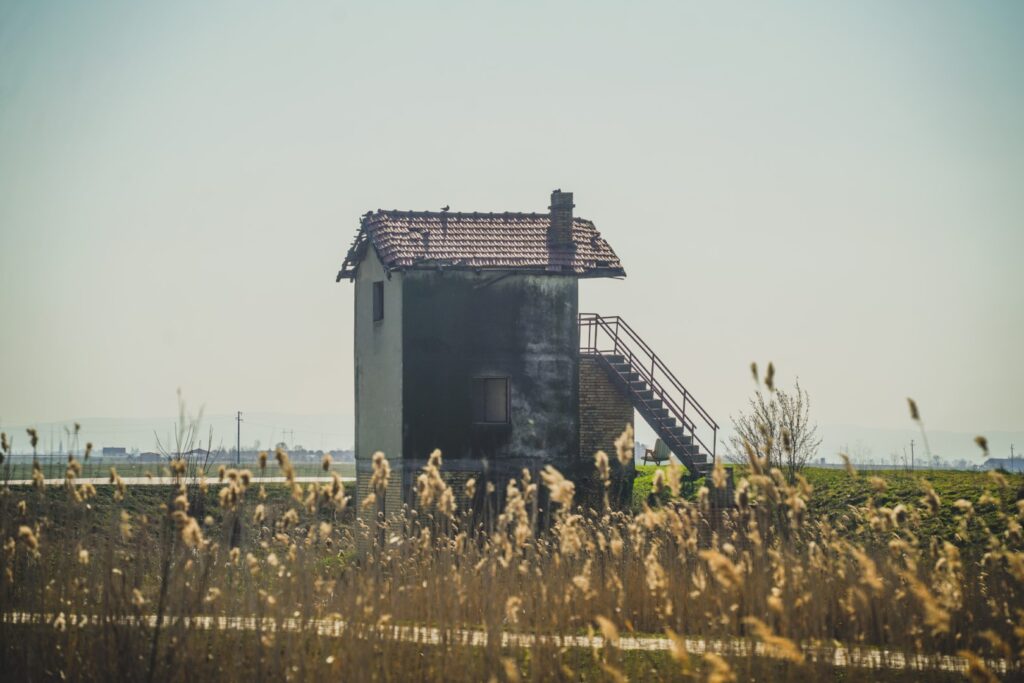

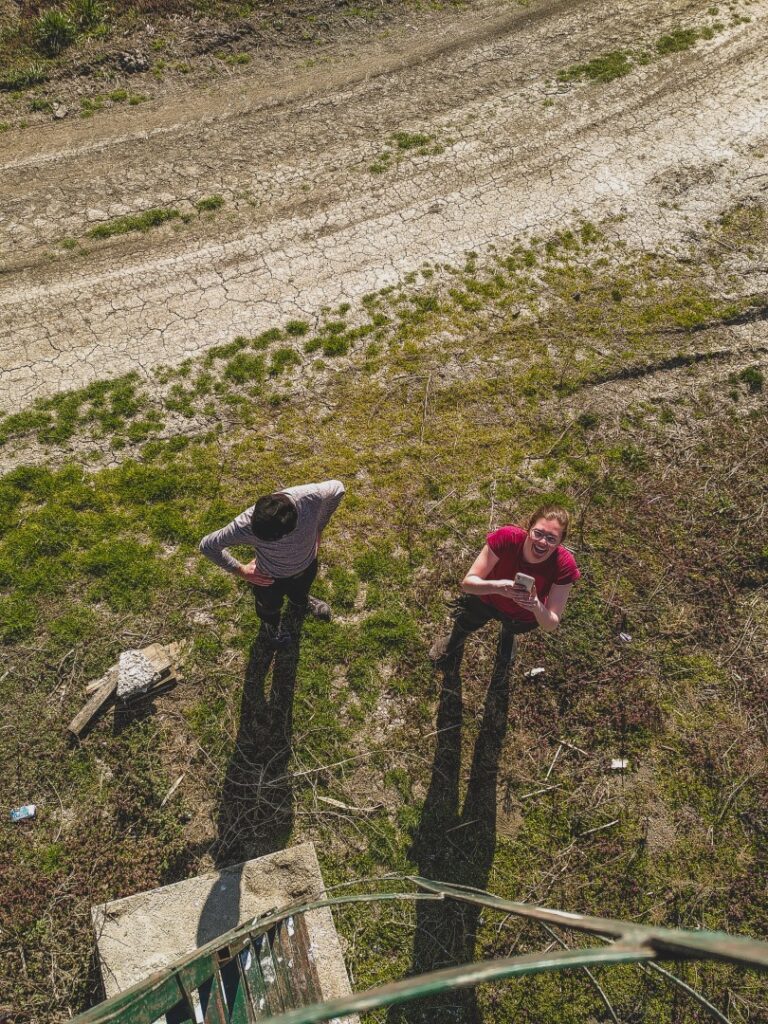
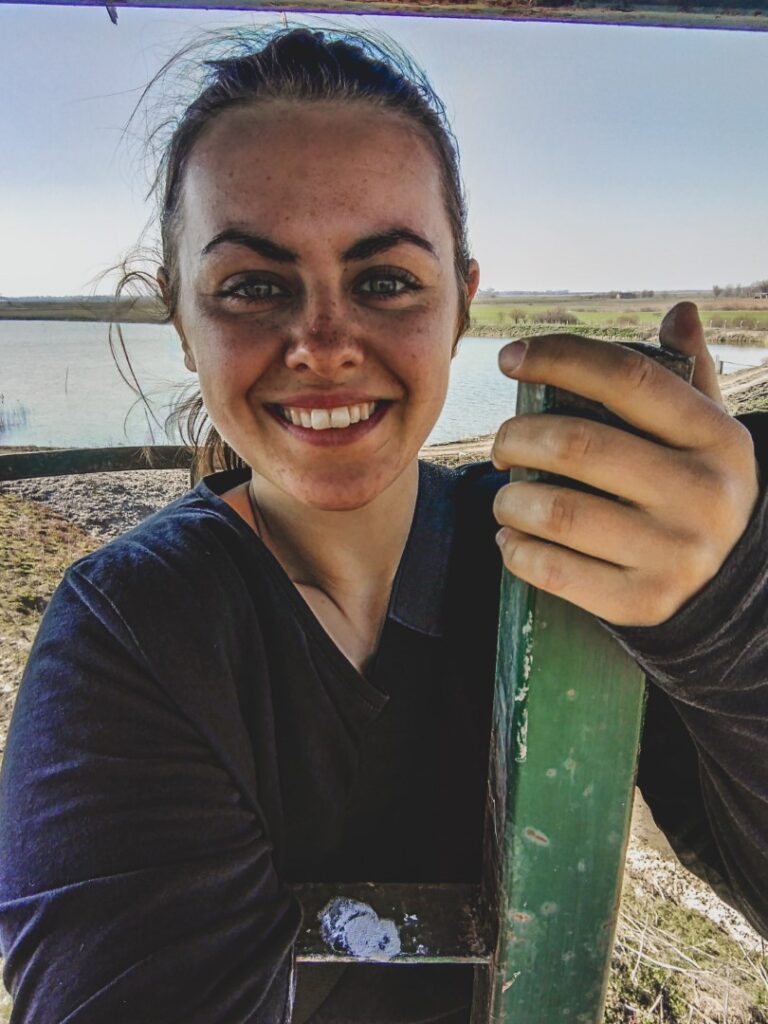
Day 3: Wednesday, March 23rd 2022
The excavation team left early to photograph the profile at Borđoš in the soft morning light. I was on the geomagnetics team again, this time with Fynn, Didrik, Erik, Julian and Victoria. We arrived at Borđoš shortly before 9 AM to survey a small field with the magnetometer and await Aleksandars arrival as he was going to show us the way to Tarash, the site of the day.
While we were assembling the magnetometer, Aleksandar arrived along with Nikola, Ida and Tijana, the director of the Museum of Vojvodina. I somehow managed to convince Nikola to let me drive their beautiful red Lada Niva, my absolute dream car. Driving along dirt tracks in the middle of the northern Serbian plains in a four-wheel-drive was a lot of fun!
After finishing up the field and disassembling the magnetometer, it was time to head to Tarash along bumpy dirt roads. On the way, we passed by a few seemingly abandoned houses and a huge 300-year-old oak tree!
The site of Tarash is located in hilly terrain with a beautiful view over the plains near a tiny village that feels like the end of the world. We knew beforehand that a medieval graveyard had been discovered at the site, and we found several human skeletal remains which confirmed that. But we weren’t there for medieval archaeology; we were looking for Neolithic remains!
After collecting finds on several fields, we concluded that there is indeed Neolithic activity on the site, despite the fact that the geomagnetic analysis didn’t reveal anything until the very end where we found a set of ditches in a circle around an area with much activity. This could be Neolithic, but it could also be the remains of a medieval church.
At one point, a guy from the local police force came by to ask if we had permission to work there. I’m guessing a farmer saw us and reported us. Thankfully, Aleksandar and Nikola were still with us so they could talk to the guy, and he let us finish our work.
We left the site at 4.30 PM after a long and hot day, and headed home along a very tricky road. At one point, we got to a gate that we couldn’t open so we had to turn back, reversing along a narrow dirt road with steep slopes on both sides. Not a comfortable situation. But Fynn made it back to another dirt road leading into the tiny village of Tarash which felt like entering a world of yesterday. We continued along the country roads through several tiny villages, and all the while, I was dying to get back to Novi Bečej as A was leaving for Novi Sad just two hours later.
When we were finally back at the guesthouse, A and I spent the time together packing and going for a little walk through the village before parting ways at the bus station. I really enjoyed having him there, even if we only saw each other in the mornings and evenings.
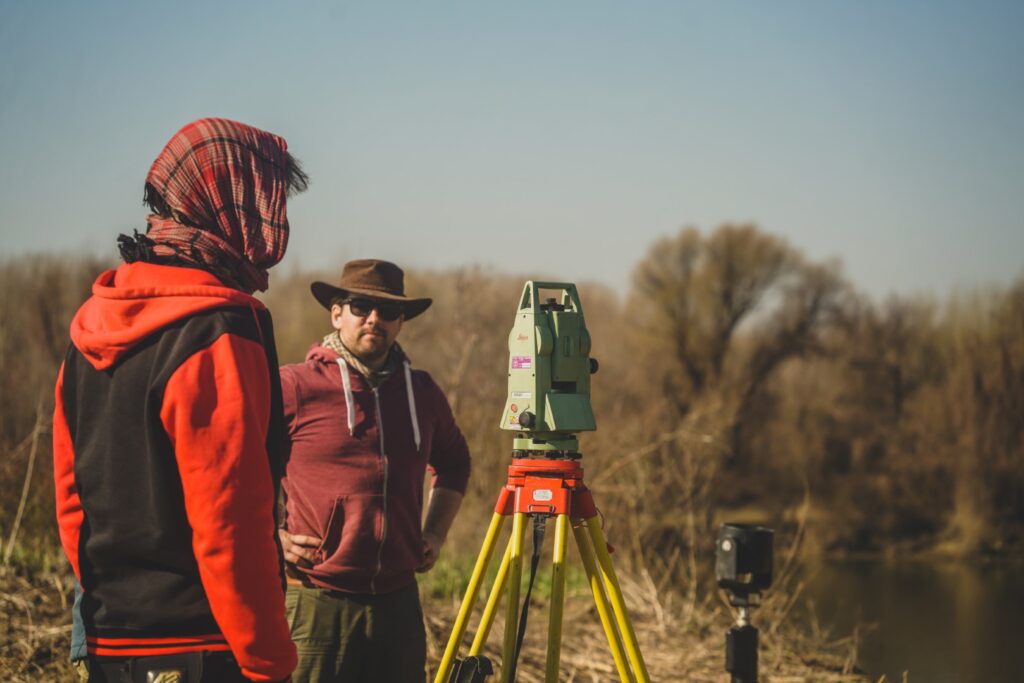
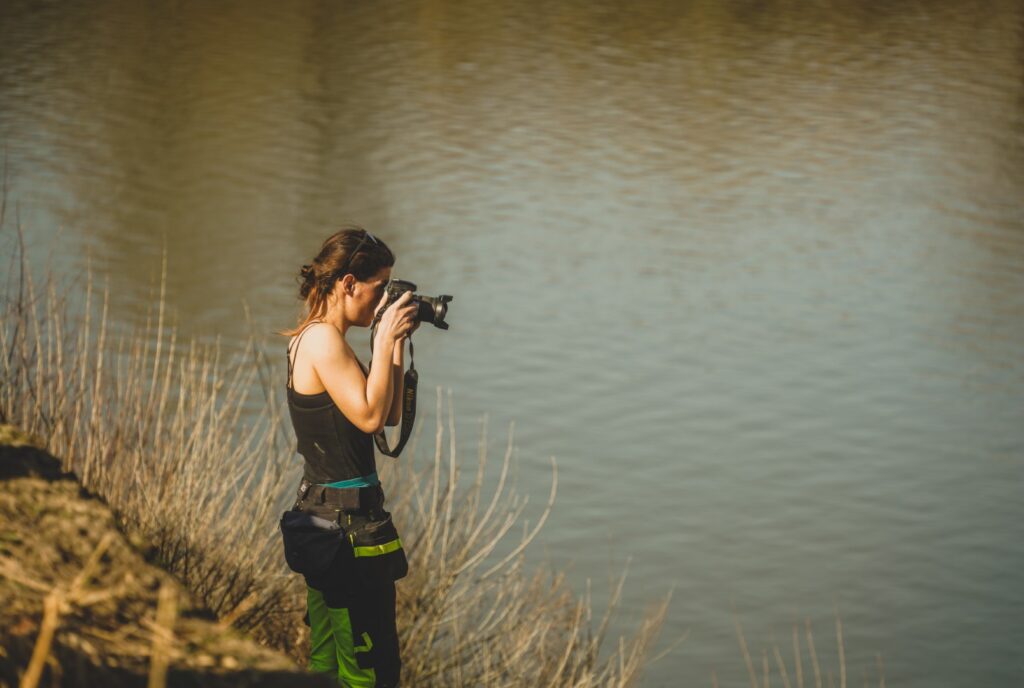
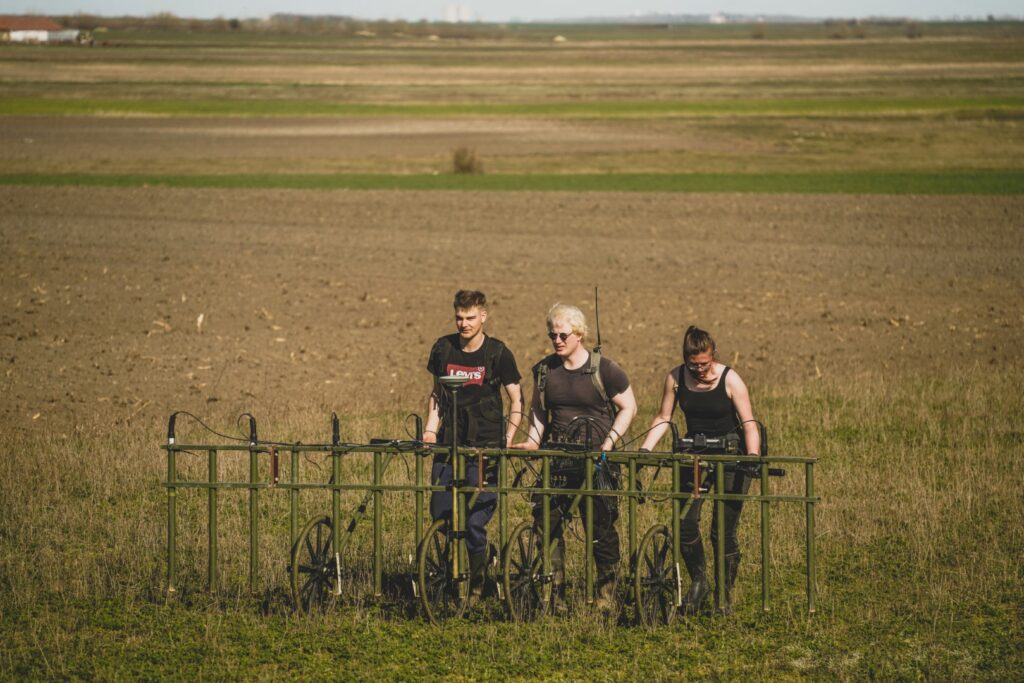

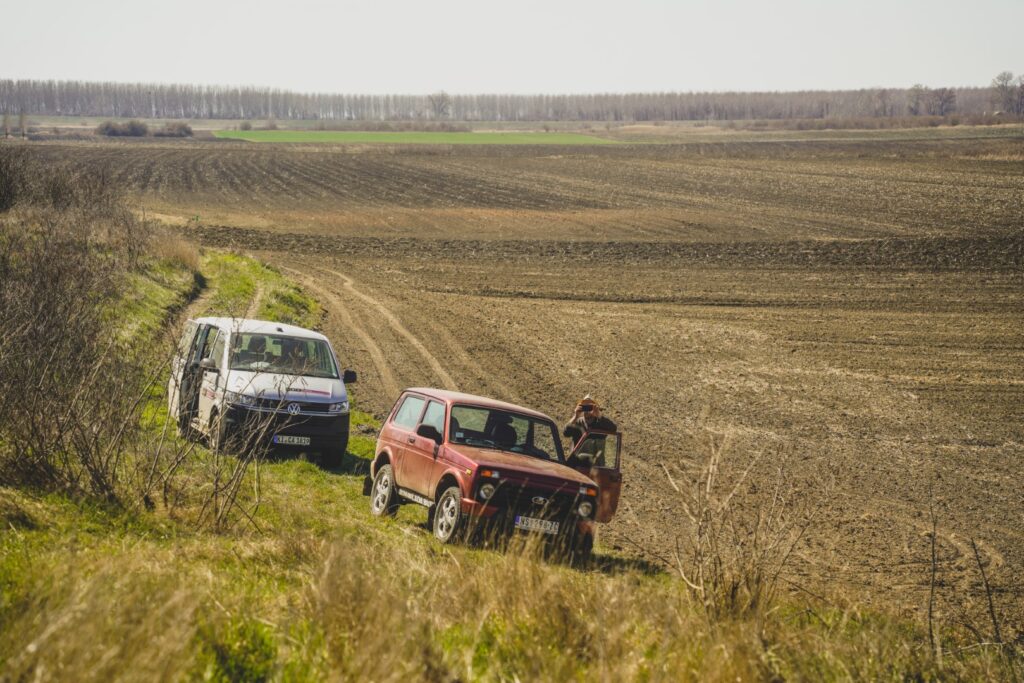

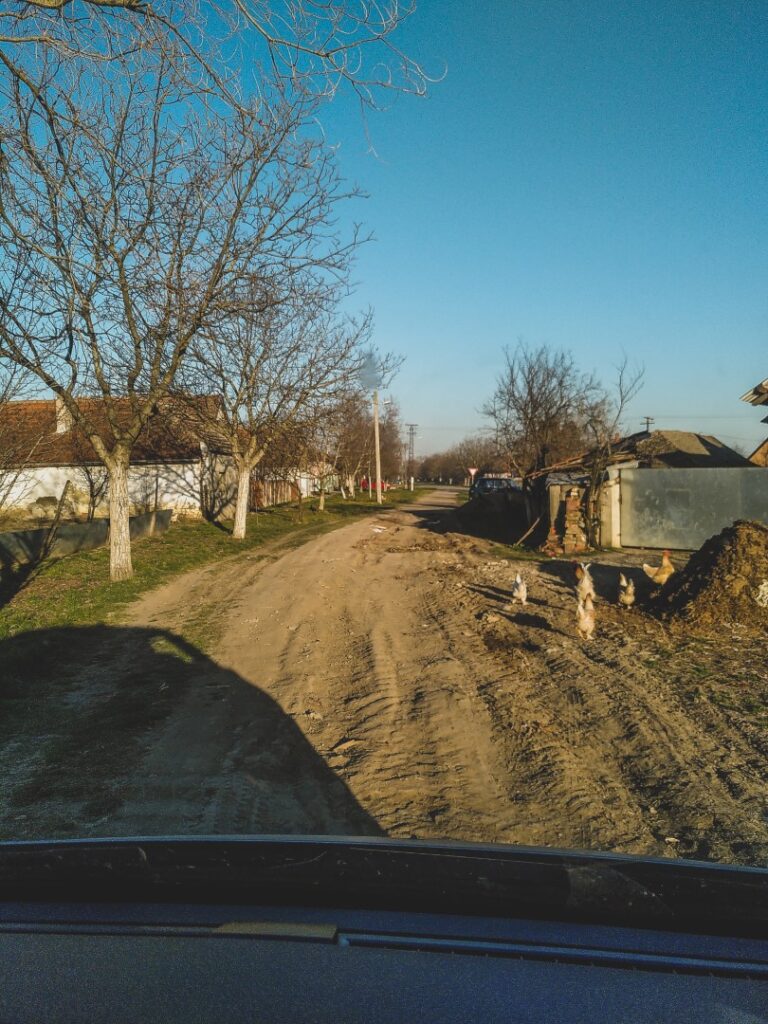
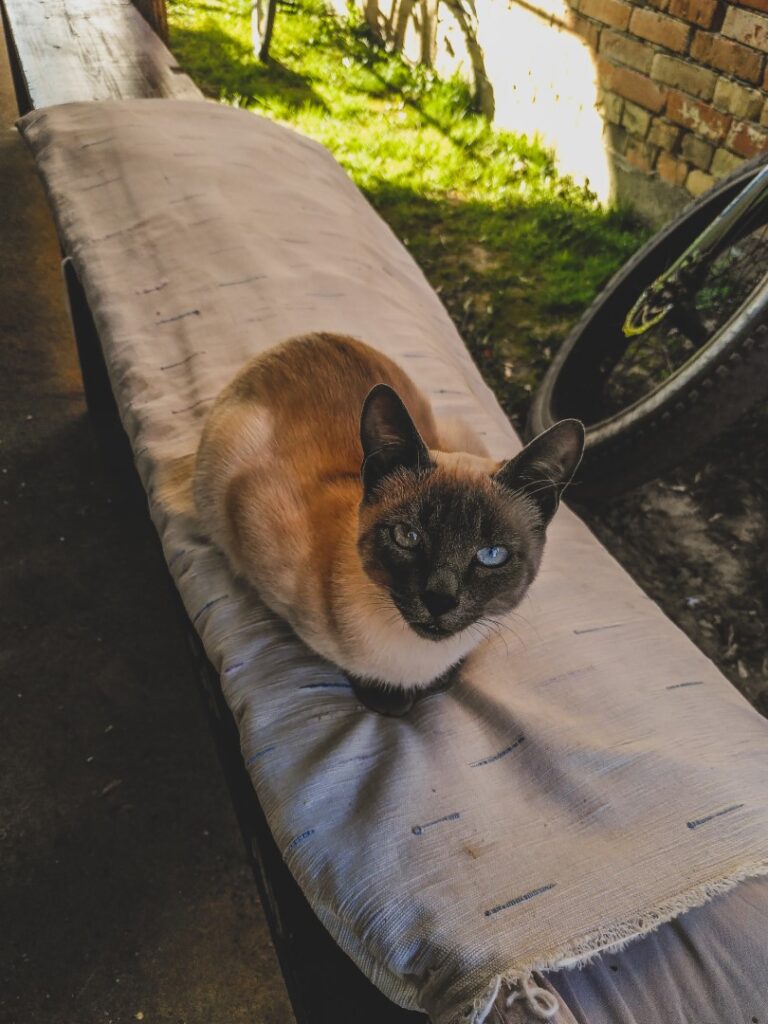
Day 4: Thursday, March 24th 2022
I joined the geomagnetics team again, the same team as the day before, for a return to Tarash. We took the shorter but bumpier route past the old oak tree where we stopped for a little photo break. Didrik and Erik walked down to the tree which is surrounded by a farm and a pumping station, and out came an elderly man to greet them. He invited us all into his house for some (very strong) Serbian coffee. He didn’t speak any English but he did know a little German so we could communicate a bit with him. He knew much about the archaeology in the area and seemed very interested in our project. I gave his four dogs some snacks before bidding farewell to our kind host and driving onwards to the site.
We didn’t have much geomagnetic surveying left to do, just finishing up what we started the day before. The others took turns walking the magnetometer while Fynn and I collected finds from a nearby field. We found some diagnostic sherds, plus a few decorated sherds but nothing mind-blowing. By 12.30 PM, we were done and on our way to Borđoš to visit the excavating team.
Julian and I stayed behind at the excavation while the others went back to the guesthouse to clean ceramics. We helped clean part of the south profile, document some finds from the day and collect finds from the field above the north profile. There wasn’t much to be found, except a few medieval and Bronze Age sherds. We left the site at 4.40 PM after yet another good day under the hot Serbian sun.
In the evening, Kata and I met at the thrift store where I bought way too much, and then we joined the others at the restaurant. We were all exhausted after a long week so we went straight to bed afterwards.
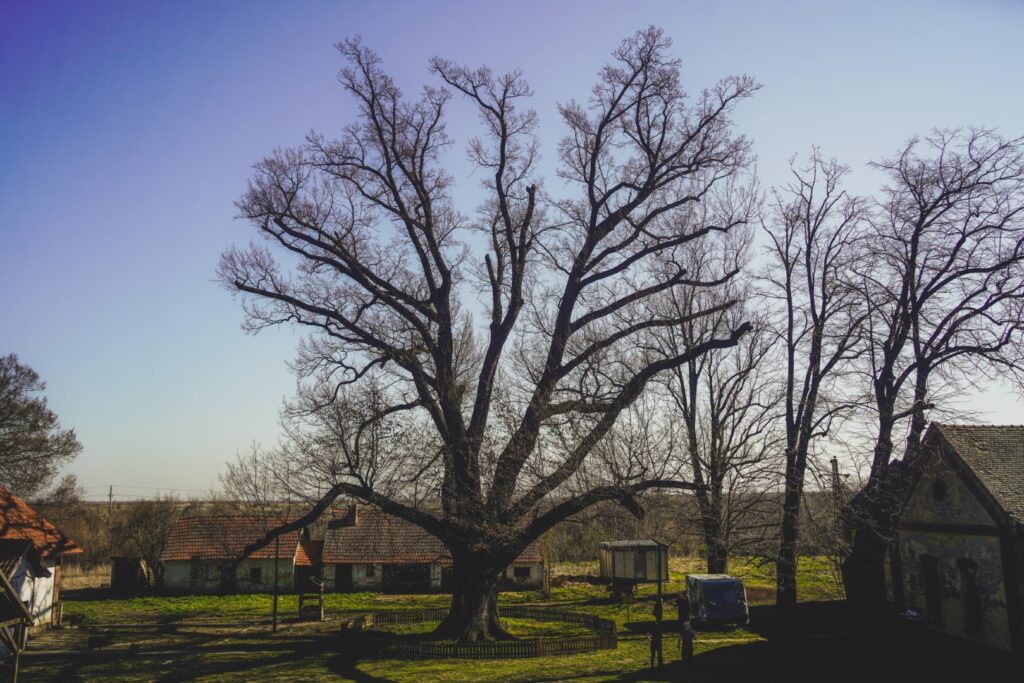

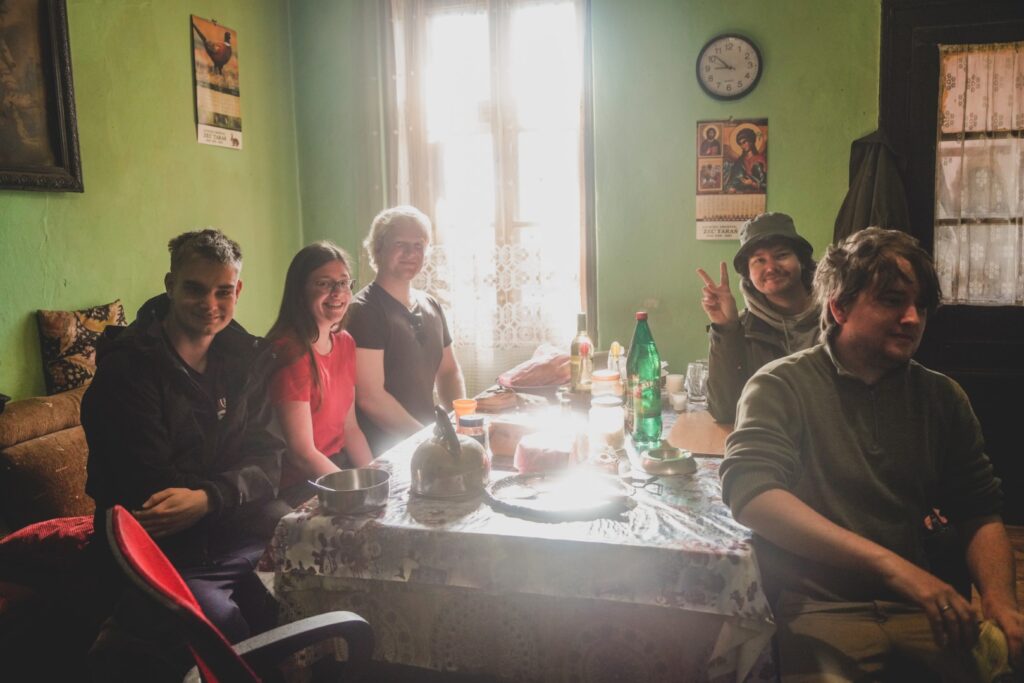

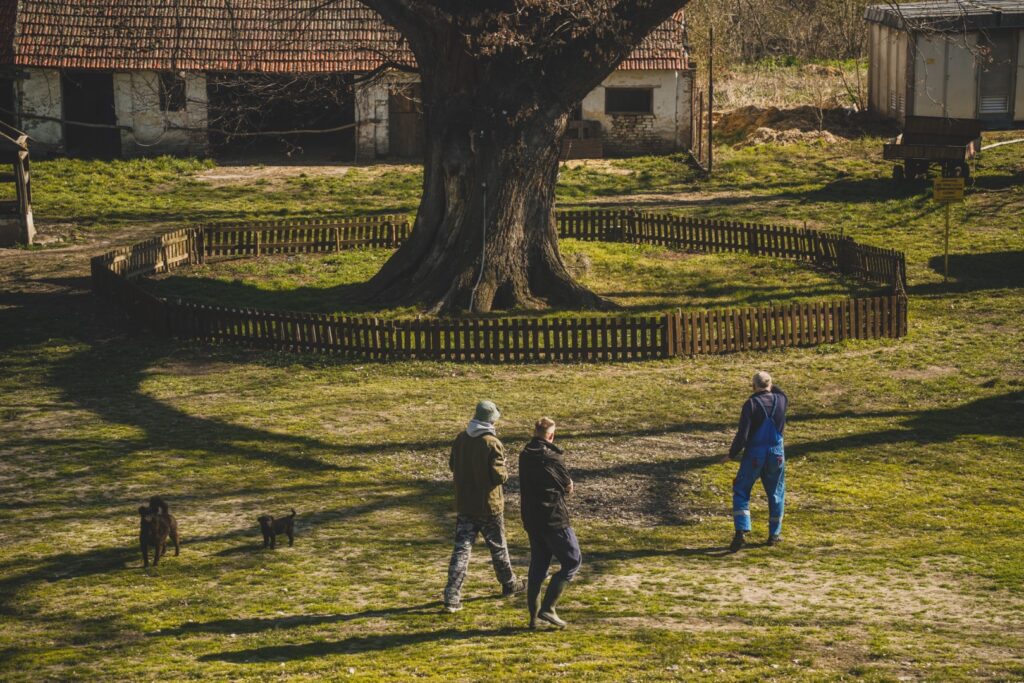
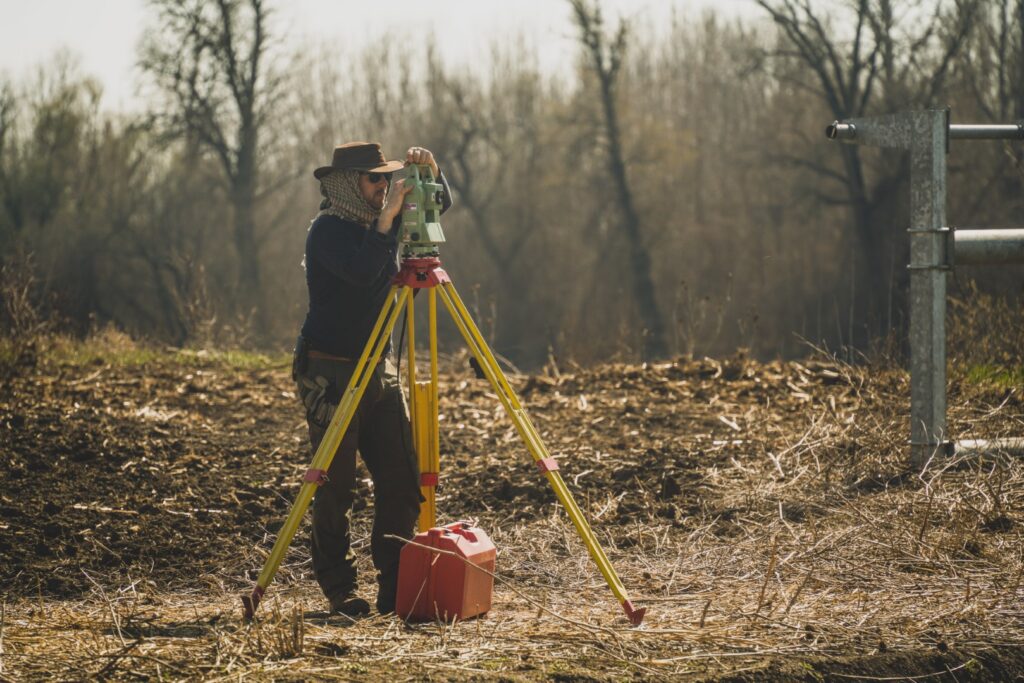
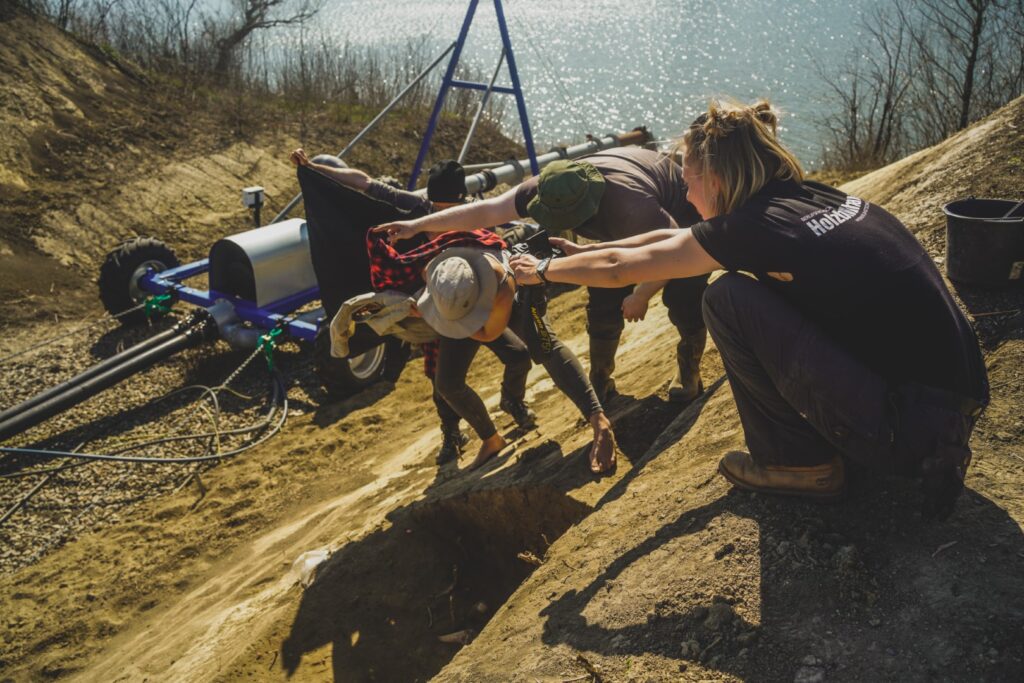
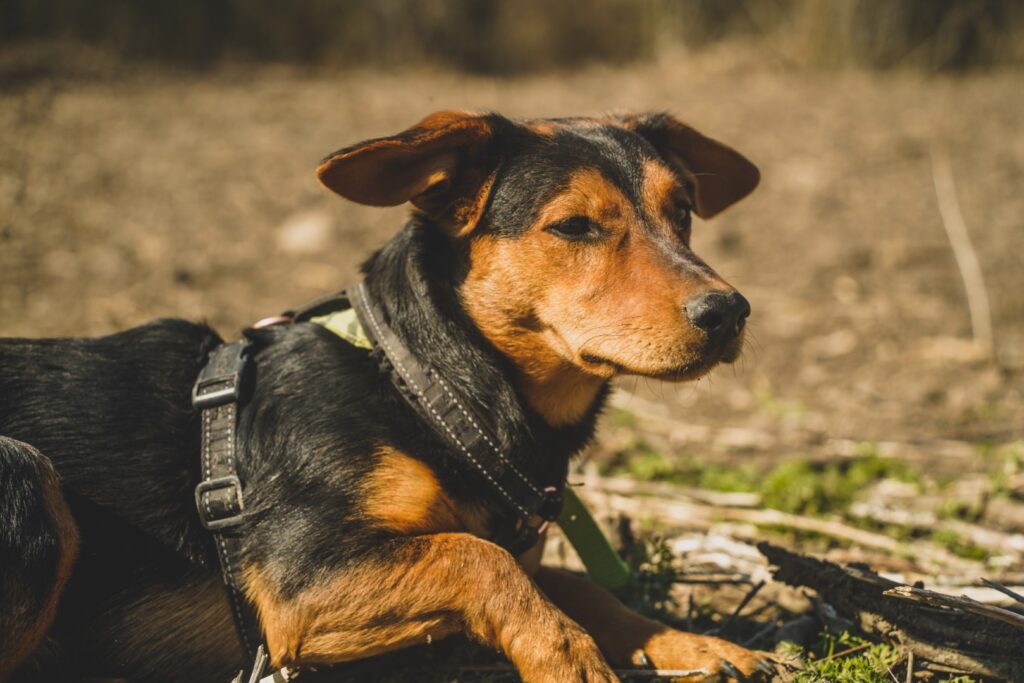
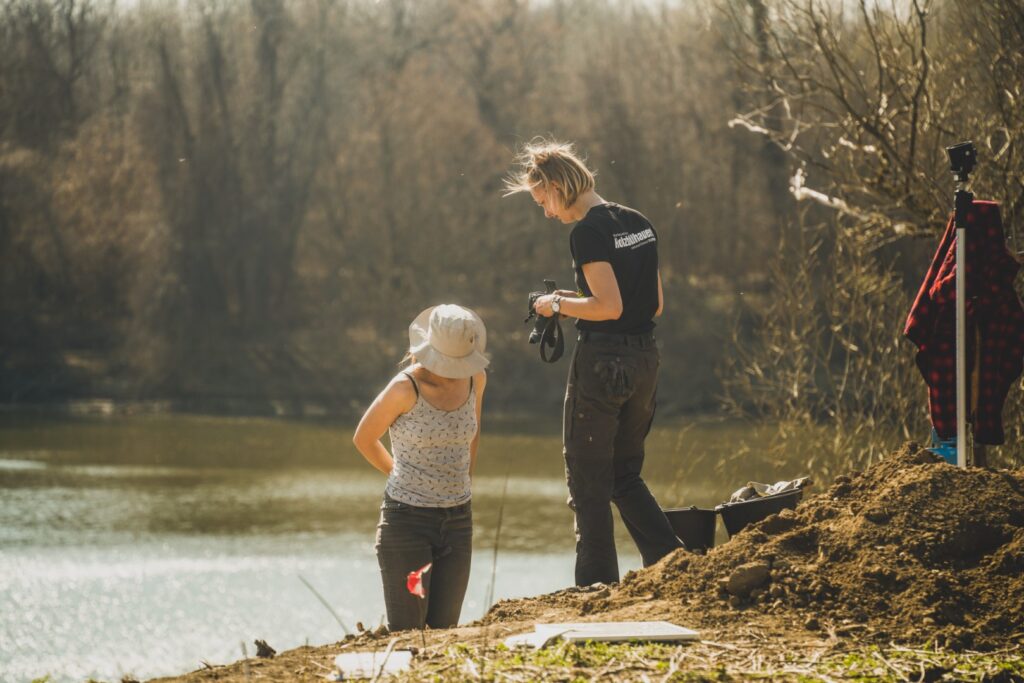
Day 5: Friday, March 25th 2022
I joined the geomagnetics team to Aradac, a site we surveyed in 2021. We left the guesthouse at 8 AM and arrived 40 minutes later and it was already hot out. Aradac is a well-known site, dated to the Late Neolithic Vinča culture (ca. 5700-4500 BC). In the 2021 campaign, we discovered a small settlement with houses arranged in rows, typical for the time period.
It was a very chill day. We took turns surveying a few fields with the magnetometer, filling in gaps from previous years where the vegetation now allowed us to go. I did some lanes with Didrik and David and then enjoyed my lunch in the sun. I spent a while looking after the total station, enjoying a peaceful moment by myself, while waiting for the others to finish up the last field. It wasn’t long until they were done, so we disassembled the magnetometer and waited for the owner of a nearby winery to come back from his lunch break. Just like last time, we had a wine tasting experience and purchased some of his wines. Since there was no more work to be done at Aradac, we were treated to a little trip to the nearby city of Zrenjanin for a quick stroll around the city centre. I’ll be writing about Zrenjanin in a separate post, so stay tuned for that!
The other group had a great day at the excavation. They uncovered a complete adult skeleton with ochre on part of the body, and even found a child burial beside it!
After our meal at the restaurant, we spent the evening having a bit of Friday fun on the terrace before calling it a night.
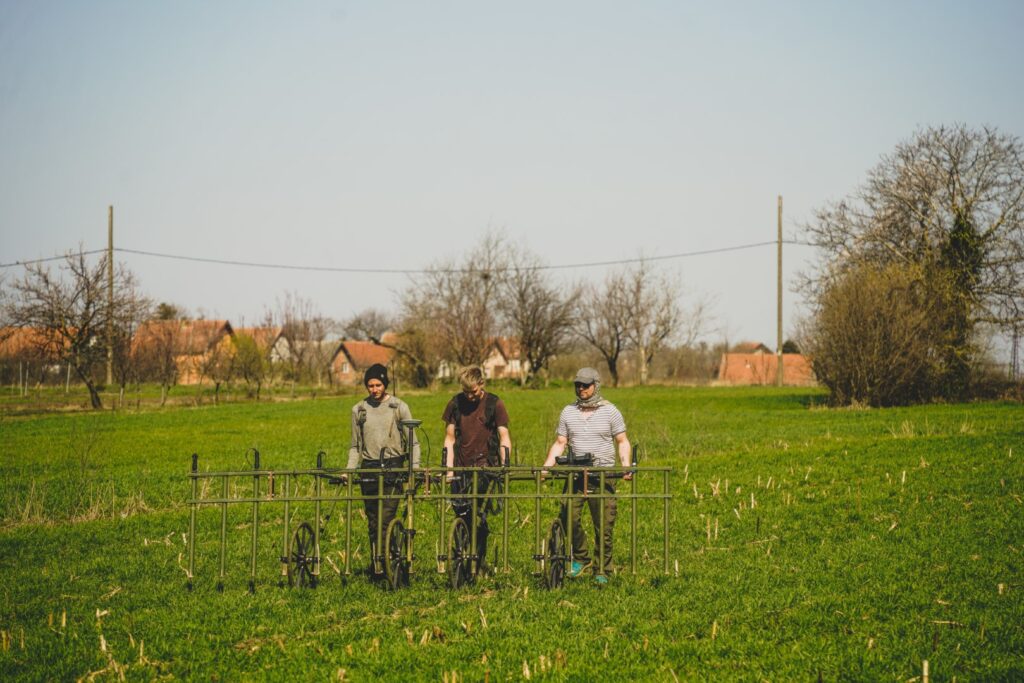
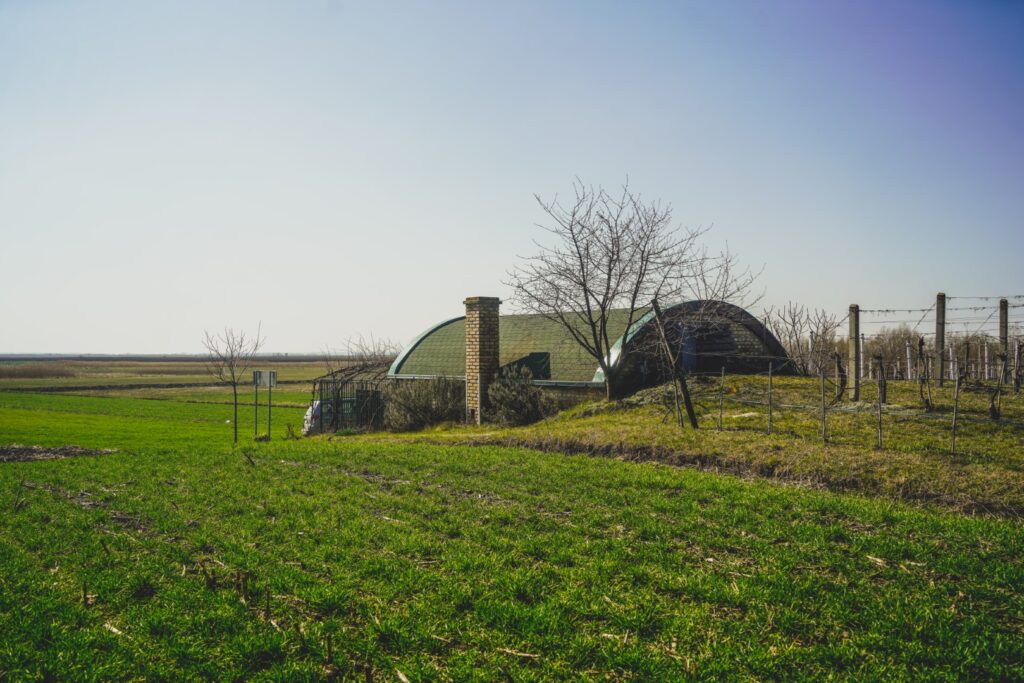

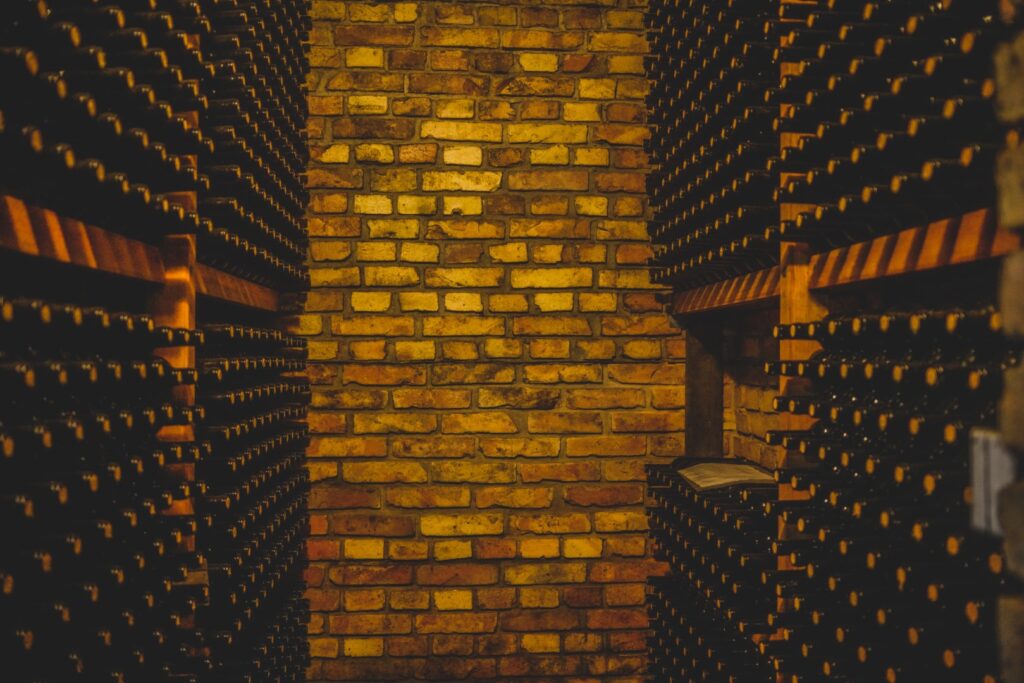


We were supposed to have the whole weekend off but due to the discoveries at Borđoš, the excavation team decided to work through the weekend. Others rested at the guesthouse, some went on trips to Novi Sad and Belgrade, and I decided to go off on my own to explore the beautiful city of Subotica, well-known for its elaborate Art Nouveau architecture. I will be writing about my little solo weekend adventure in a separate post, so stay tuned for that too!
Day 6: Monday, March 28th 2022
I went with the geomagnetics team to the most beautiful site in the Vojvodina region, at least according to Aleksandar. The site is located near the village of Lok, close to the confluence of the Tisa and Danube rivers beneath the Titel Loess Plateau and with a view towards Fruška Gora National Park. Aleksandar wasn’t wrong. This was indeed a beautiful and fascinating site, and my favourite of the whole project!
It was also the furthest site to reach, a 1,5-hour drive from Novi Bečej, but as always when Victoria is in the car, it’s never boring. Her playlist is the ultimate roadtrip playlist!
Aleksandar’s father Predrag Medović had previously discovered ceramics typical for the Early Neolithic Starčevo culture (ca. 6200-4500 BC) at the site, and we were there to check if there were any remains to be found beneath the surface. As always, we took turns walking with the magnetometer, surface collecting and taking breaks under the hot sun.
The best finds of the day included a bone needle which Aleksandar found and a beautiful polished stone axe that I spotted while walking with the magnetometer (definitely worth stopping for!). We also found lots of diagnostic and decorated sherds, mostly dated to the Starčevo period.
In the afternoon, a software error occurred and we feared for a moment that all our work would be lost, but thankfully, it didn’t come to that! David, Julian and Victoria continued with the magnetometer while Manuel and I finished the surface collecting. We found three concentrations of sherds from at least four different pots. Many of them beautifully decorated. We were even able to fit some of them together!
Unfortunately, the geomagnetic analysis didn’t reveal anything except a few pits, but the surface collections definitely assured us that there is something interesting going on at this site, the question is just what!
Fynn returned from a visit to next day’s site after being gone for most of the day, and we left the site at 4.15 PM for the long drive home. I wanted to drive by the confluence of the rivers but I discovered that although we were only eight kilometres from it, it would take us three hours to drive there as we were on the wrong side of the Danube to properly view it. Oh well, I’ve added it to my list for future trips to Serbia!
On the way home, we stopped by a kiosk in the small village of Šajkaš for some much-needed cold beer and cola zero, sponsored by Fynn! The excavation team weren’t yet back when we returned to Novi Bečej. I took a long hot shower (much needed after a very dusty day, the dirt had even gone through my socks and covered my feet!). Just as I was leaving to go down to the river to watch the sunset, the others arrived back. With the prospect of rain on the horizon, they didn’t have much choice other than to work long days until then. I was a few minutes late to the river as the sun had just disappeared below the trees, but it was gorgeous nonetheless. I then went to get the daily supply of mini pizzas, cuddled the kitties at the guesthouse and relaxed a bit before dinner and the daily plata vegetariana.
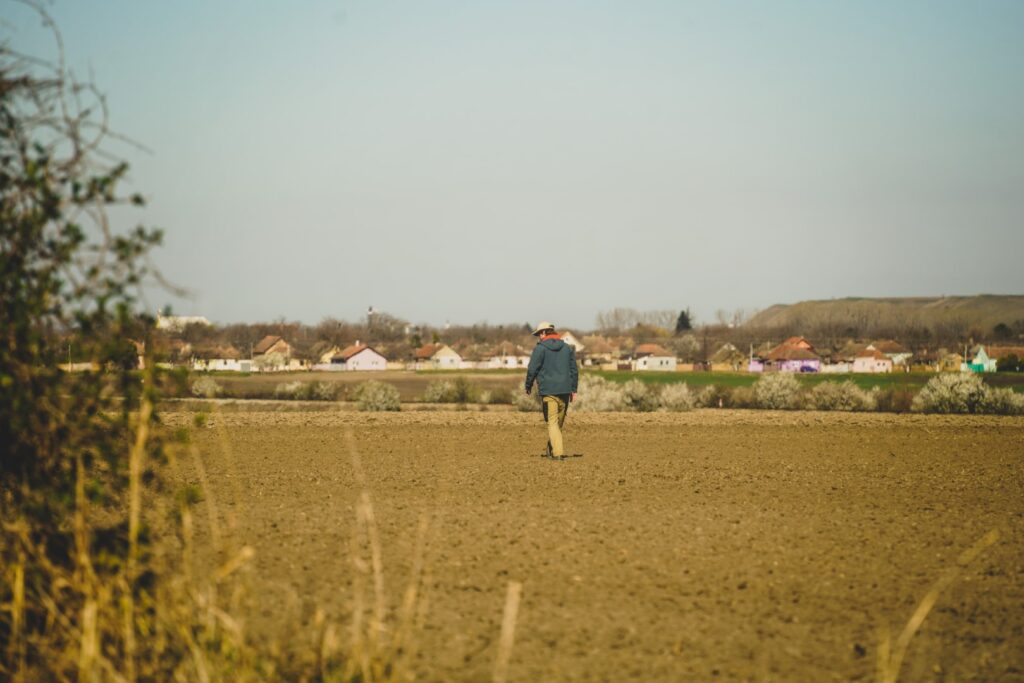

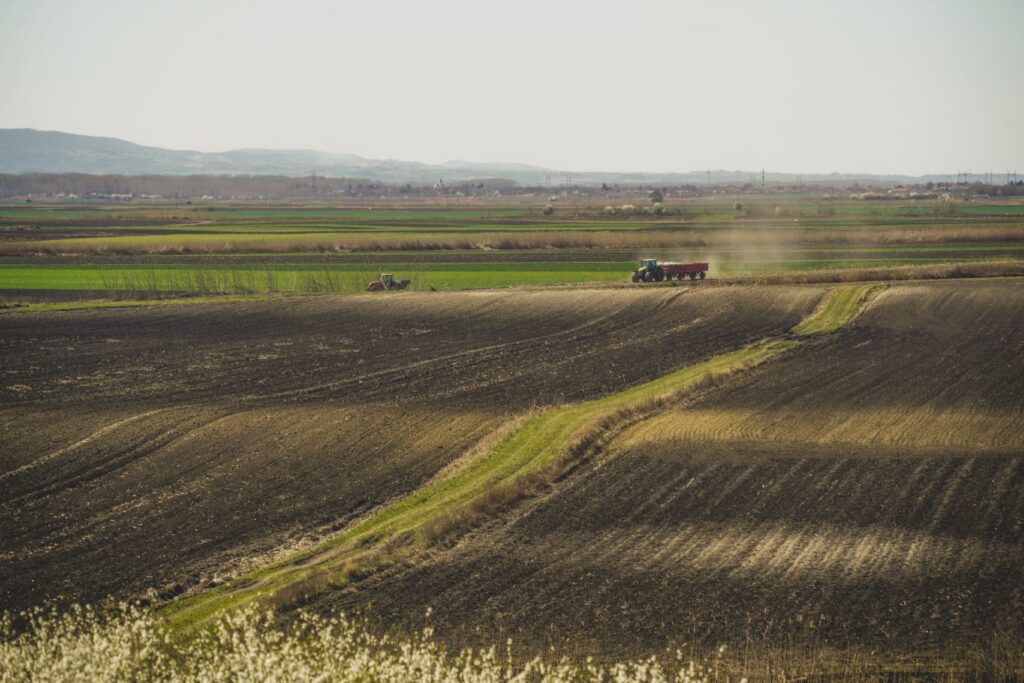


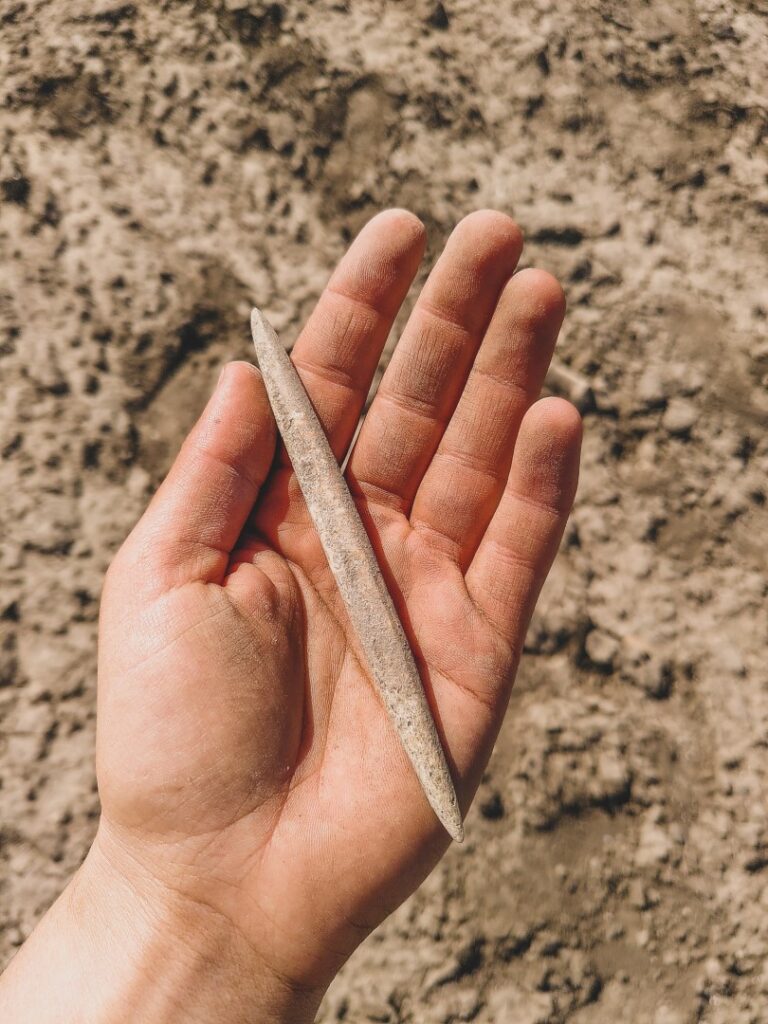

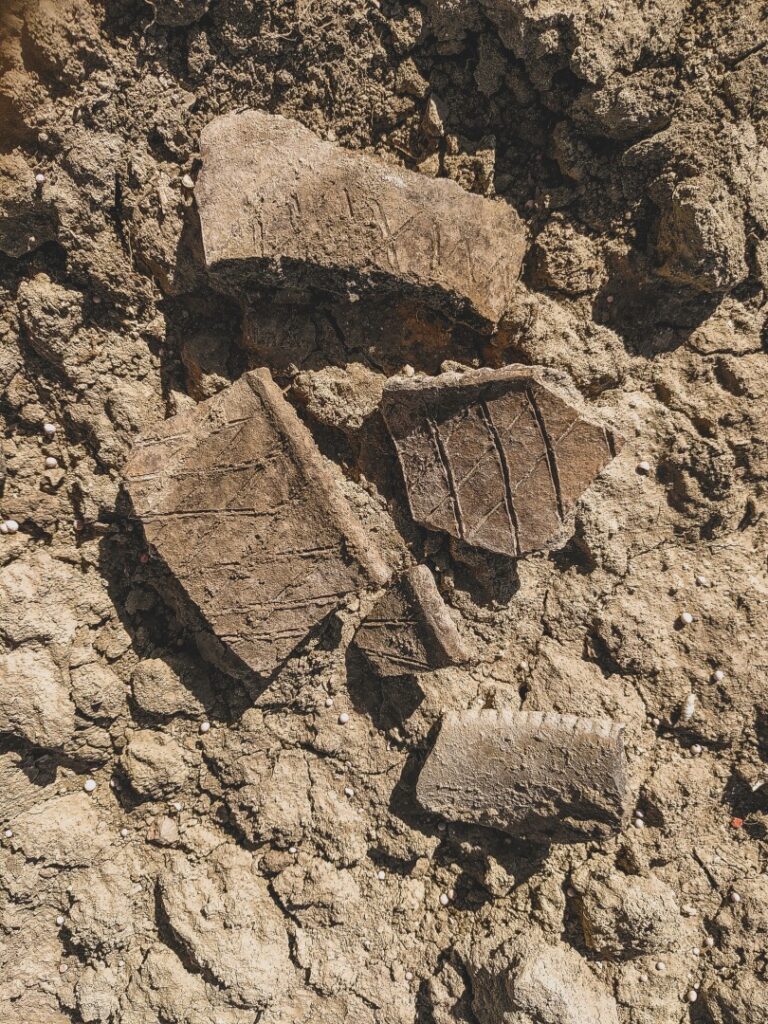
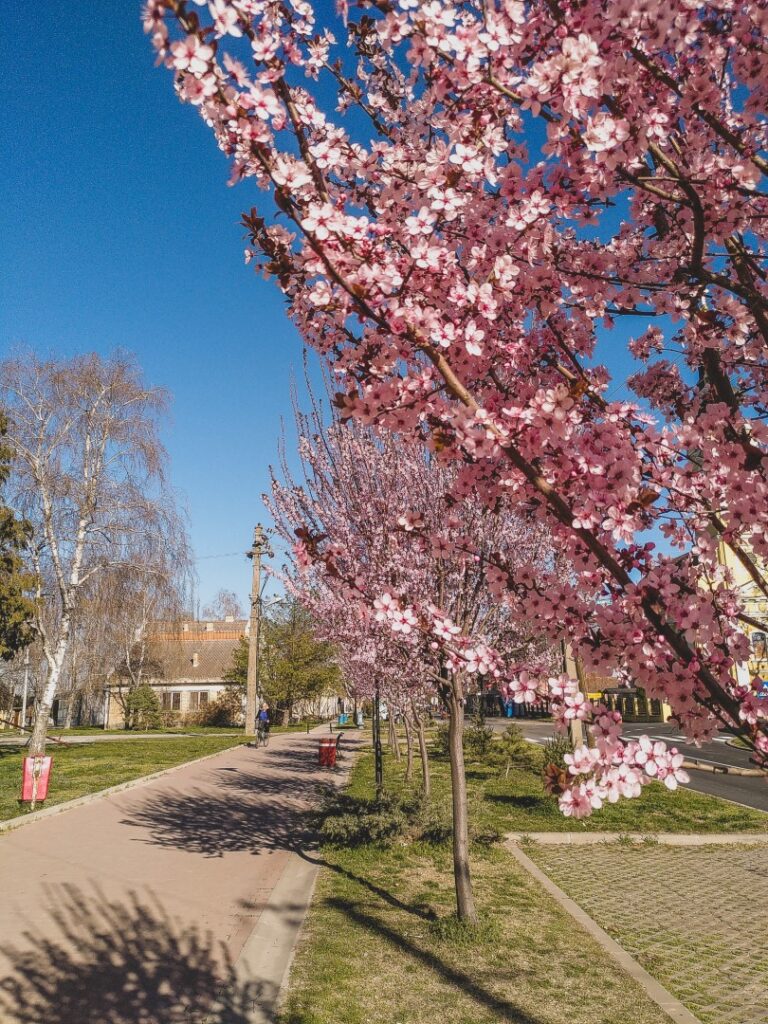
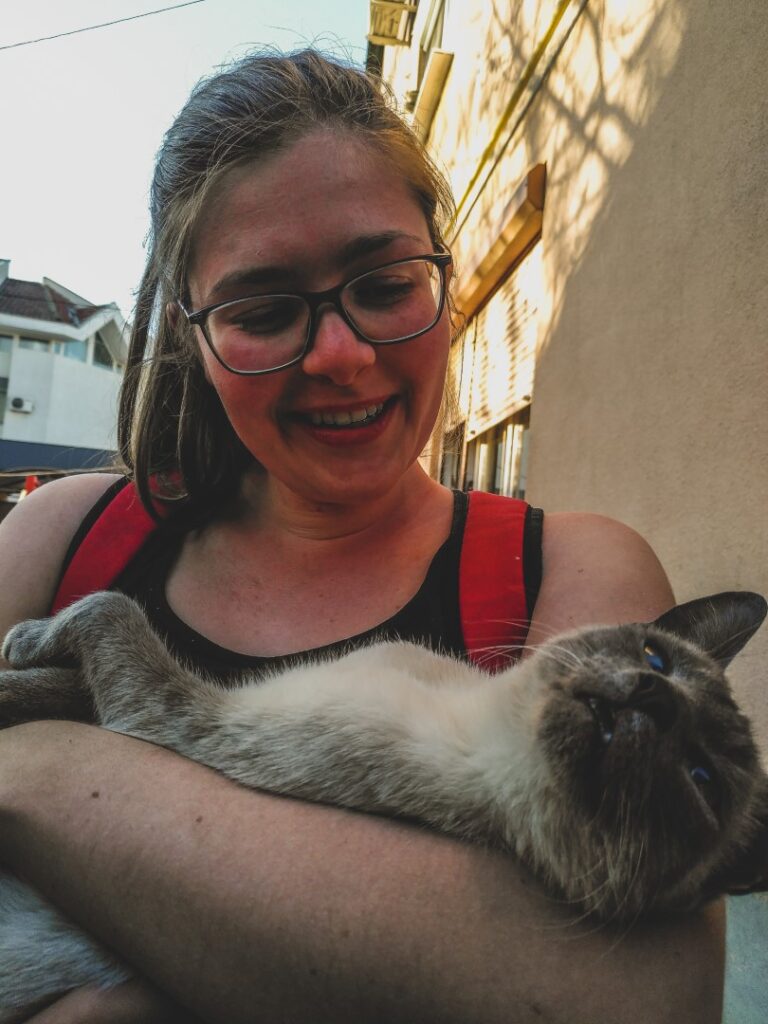


Day 7: Tuesday, March 29th 2022
I was on the geomagnetcs team again, and we were headed to the last site of the project, Opovo, a 1,5-hour drive away from Novi Bečej. We left half an hour earlier than usual, at 07.30 AM, and spent the long drive listening to Victoria’s awesome playlist.
In the 1980’s, there was an excavation at Opovo where a team of American archaeologists excavated several houses from the Late Neolithic Vinča Culture (ca. 5700-4500 BC). We were there to map out the site with the magnetometer, in the hopes of finding the rest of the settlement. It’s a beautiful site, except for the fact that a landfill is its neighbour, and it was set afire several times during the day, sending toxins and awful smells in our direction.
The Opovo site is Fynn’s project so he was really hoping to find something good. The surface collections revealed lots of Vinča pottery, flint blades and polished stone axes (I found two plus a polishing stone, and Fynn found another, all in the same area). The geomagnetics results also weren’t too shabby, in fact they’d never been better for us. Just in the first two hectares, there were more houses than on all of Žabalj, the largest of the settlements we’ve surveyed. To say that Fynn was happy would be an understatement!
The most intriguing finds of the day were done by Victoria and Julian. Victoria spotted a small white shell with two holes, perhaps a pendant or clothing accessory. This type of shell is not found naturally in the area, so it has to be imported, most likely from the Black Sea coast and transported up via the Danube. Julian found an obsidian core! Obsidian is also not found naturally in Serbia and this piece is most likely imported from the mountains near Kosice in Slovakia!
It was 5.45 PM when we finally left the site for the 1,5-hour drive back home, all exhausted from the very long day. But the results were amazing and worth the hard work. While waiting for our food at the restaurant, we exchanged results and finds with the excavation team, and we learned that they had discovered the gender and origin of the adult skeleton: a woman from the Bronze Age. They had also discovered that she was buried alongside not just one child, but four. We also learned that Martin had found a figurine associated with the Tisa culture (ca. 5000-4500 BC), one of those very cool finds that happens very rarely! They’d sure had an amazing day at the excavation!
Upon getting back to the guesthouse, we were approached by a very cute puppy who had been abandoned by his family. I don’t know how anyone could be so cruel to another living being, but we both swore to try to help him.


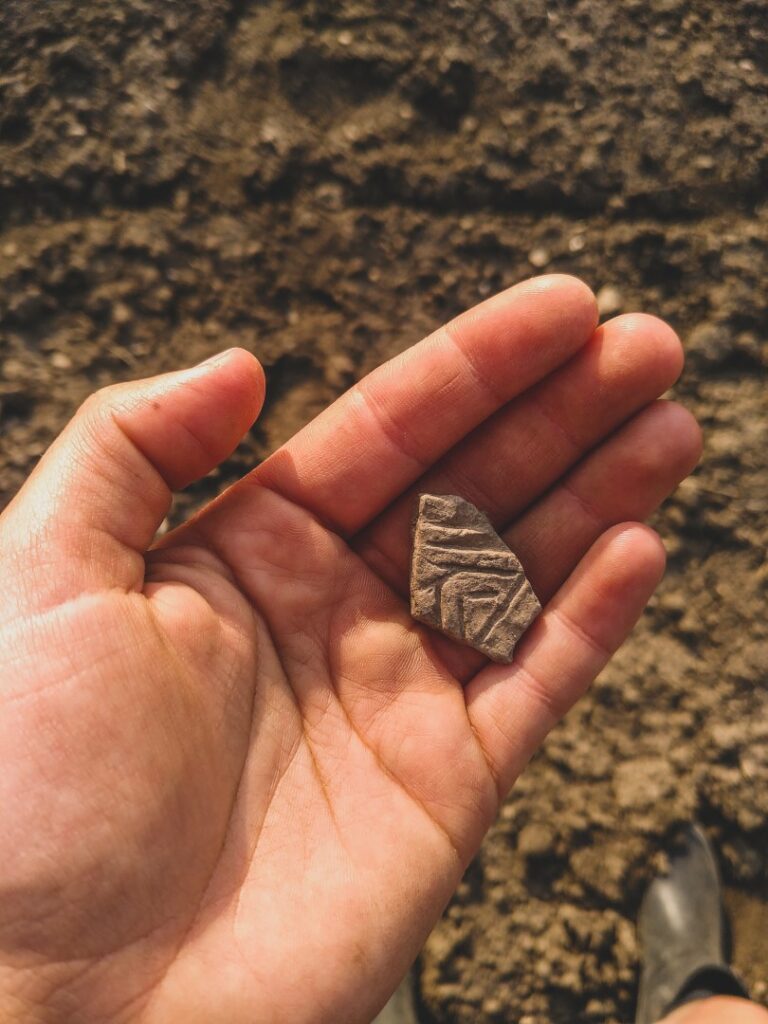
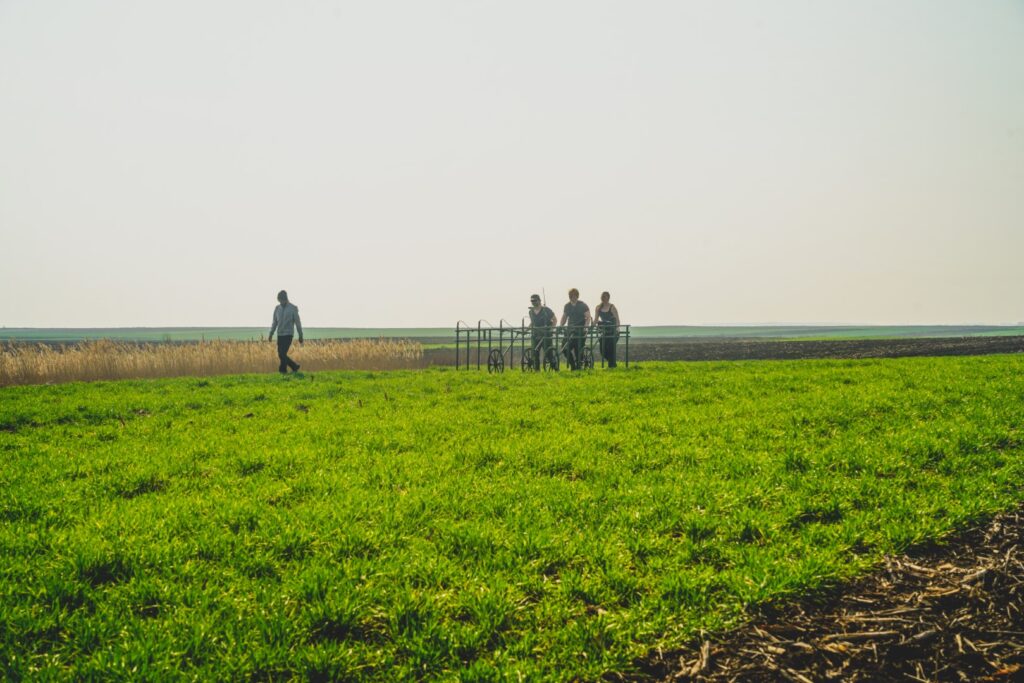
Day 8: Wednesday, March 30th 2022
The last day of field work was upon us as rain was promised for the upcoming days. I joined the geomagnetics team again, this time with Erik and Merle replacing Julian and Victoria. We went back to Opovo to finish off this really cool site!
It was another long day in the field but it didn’t feel as tough as the day before as the fields were much easier to walk on, and we could finally see the end of the work. The geophysical map that we produced showed us early on that it would be possible to finish the whole settlement in one day, so we pushed through. We did a little bit of surface collecting, but mostly spent the breaks in between of walking the magnetometer relaxing, as commanded by Fynn who wanted to preserve our energy. We didn’t find nearly as many artefacts as the day before but a few more axes did turn up, as did some diagnostic sherds and one very cool find: an obsidian blade, found by David!
In the afternoon, Miroslav Birclin from the local museum in Pančevo, came by to see how we were doing. He was very excited about our findings, and assigned me a little photography job. I took some photos of him and Fynn, and of our work during the day so he could have some pictures to publish on the museum’s website and social media!
At 5 PM, we were still going strong and the end was finally in sight. Fynn had saved the worst field for the end, a very uneven field that took the six of us to push through. Usually, we just need three people to push the magnetometer, but this field was incredibly demanding. Thankfully, we only had to do three lines there and we managed with everyone’s combined efforts!
We left the site at 6.20 PM, weirdly still full of energy! We had walked 7,5 hectares in total that day, whereas on a normal day it’s usually around 4 hectares! It was 8 PM when we finally got back to the guesthouse, an hour after we usually have dinner, but the excavation team had kindly waited for us to return before going to the last dinner at the restaurant. I had my last plata vegetariana, and just like in 2021, we took a selfie with our kind waiter.
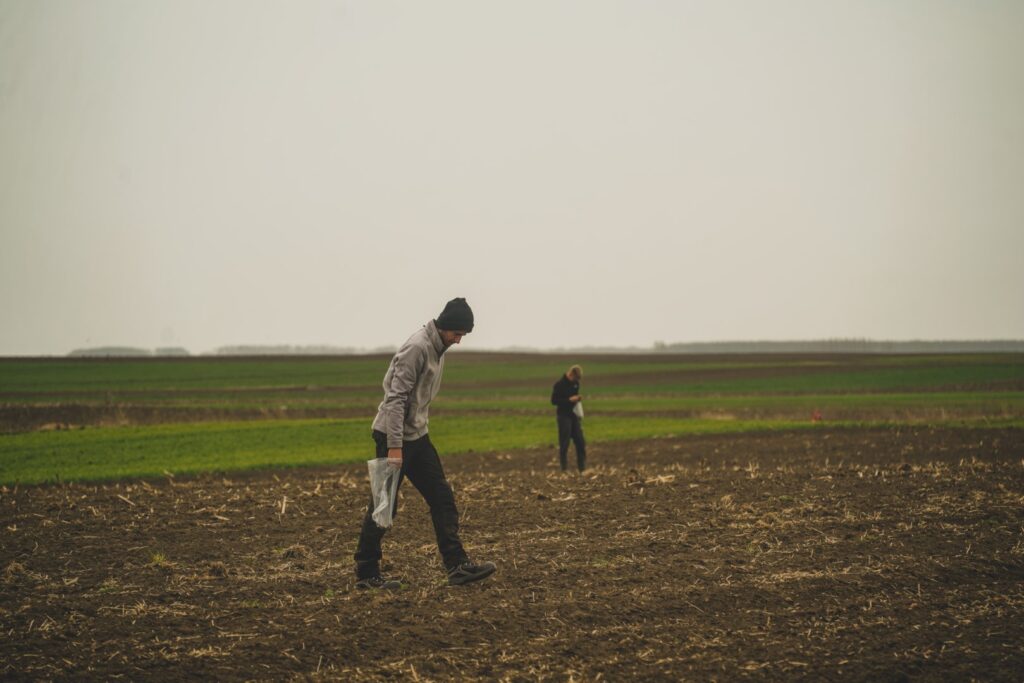
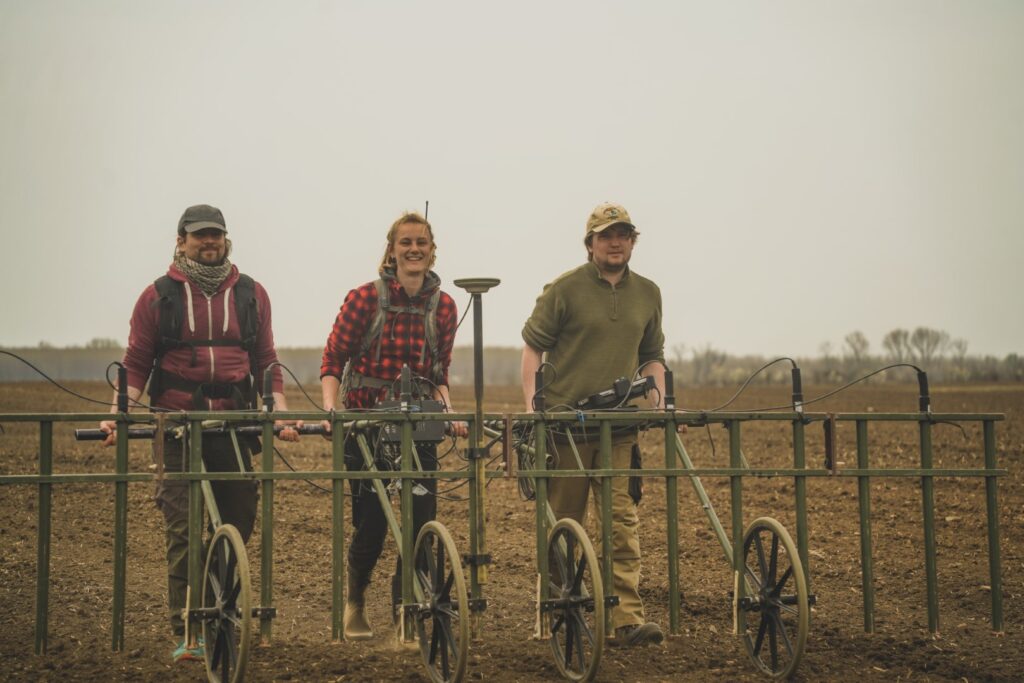
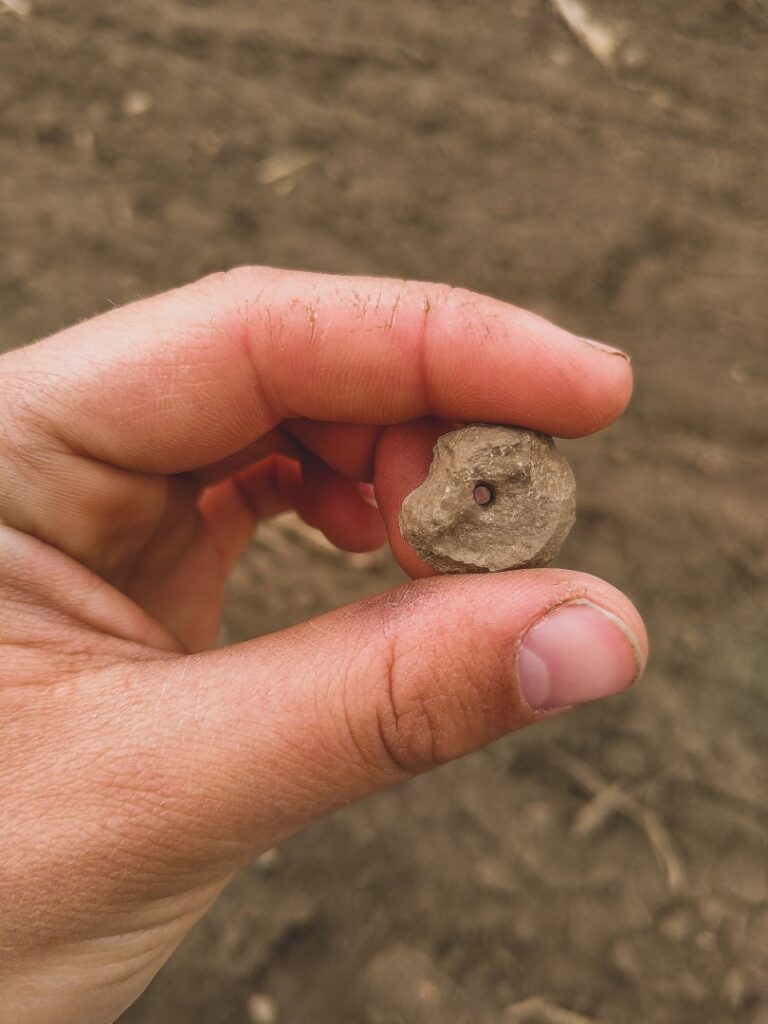
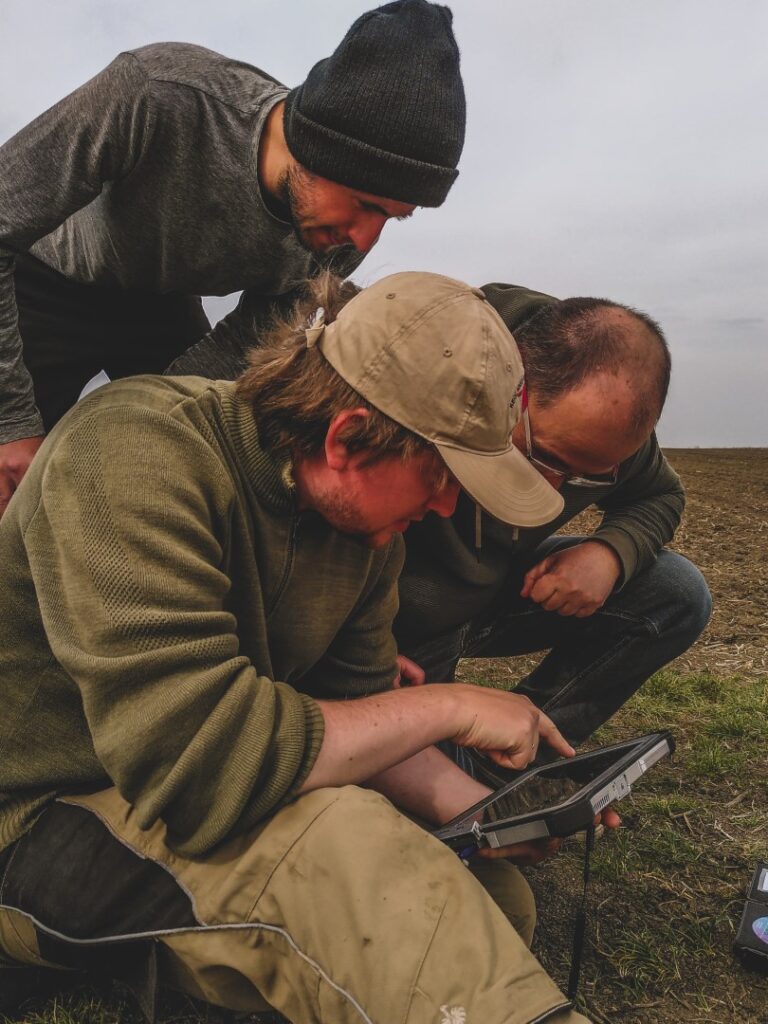
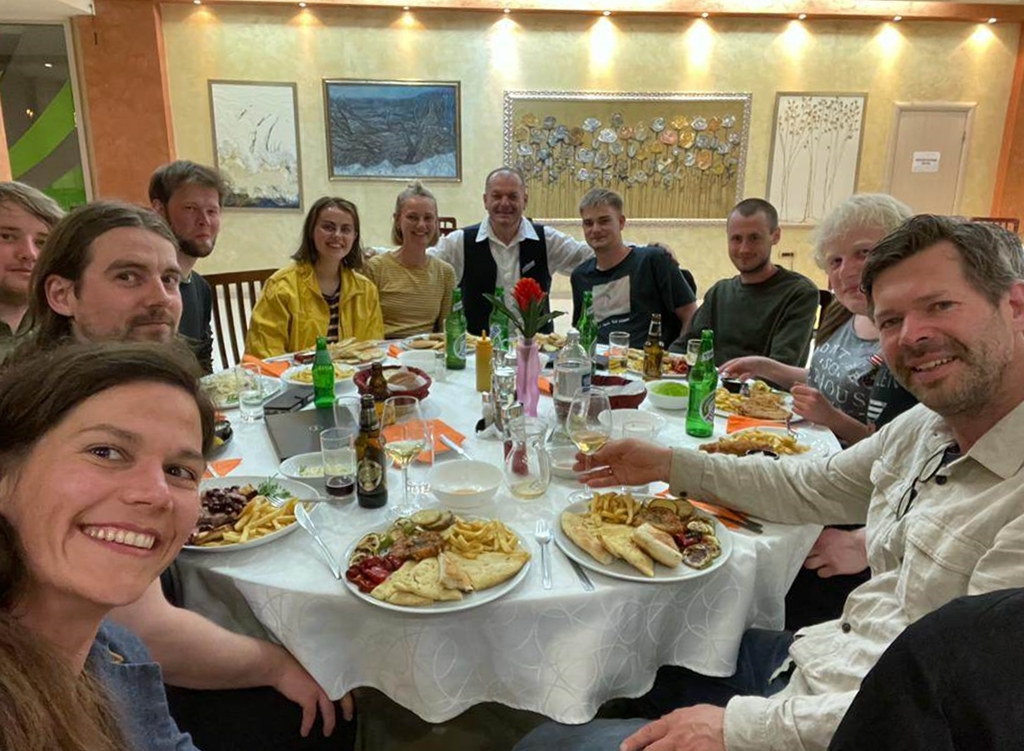
Day 9: Thursday, March 31st 2022
It was supposed to rain all day and because of this, we hadn’t planned to do any field work on this last day of ours in Serbia. Most of the rain had fallen during the night, so the whole day had that wonderful post-rain smell that I love.
We stayed at the guesthouse the whole day, sorting out our finds, packing the cars and our own stuff and getting ready to leave the place that had been our home for two weeks. My task for the day was to edit some photos from Opovo for Fynn, and take photos of artefacts from the same site. He wanted photos of all the best finds, including the obsidian artefacts, stone axes, the few decorated sherds and two objects that we think might be parts of figurines!
Martin and Kata drove our new friend, Bobby the puppy, to an animal shelter in Đurđevo just south of Žabalj. I’m so glad he’s off the streets! I just hope the shelter was able to find him a forever home.
I finished my packing as I was leaving for Belgrade that same evening, bought the last mini pizzas and said goodbye to the kitties. At 4.30 PM, the whole team headed to Novi Sad for a fun evening at the Museum of Vojvodina. We watched a monologue by a talented actor about the famous Roman gold-plated helmets that are the stars of the museum, and then Martin invited us all for a meal at a fancy restaurant with the most delicious food.
Unfortunately, it was then time to kiss Lenki goodbye and say farewell to the group as I head to Belgrade along with Erik. I had booked a hotel room as close to the airport as possible, and since we arrived after midnight and Erik’s hostel was closed for the night, he ended up staying with me in my huge room with two beds, a living room, private bathroom and a balcony – all for just 35 euros!
The following morning, after just 3,5 hours of sleep, I said goodbye to Erik and headed to the airport for my 7.10 AM flight back home.
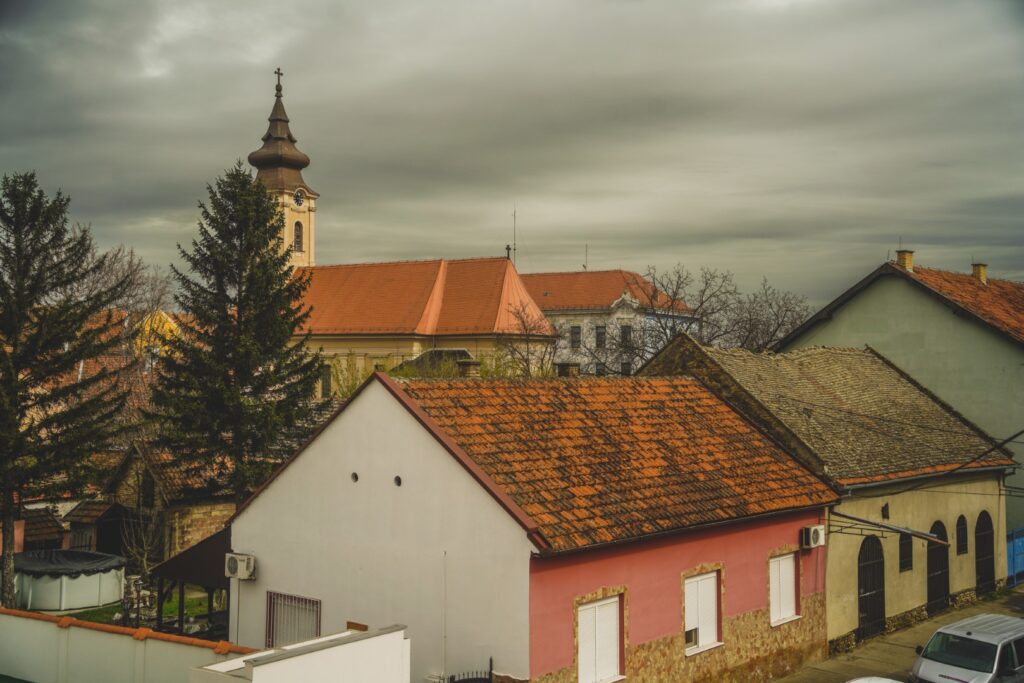
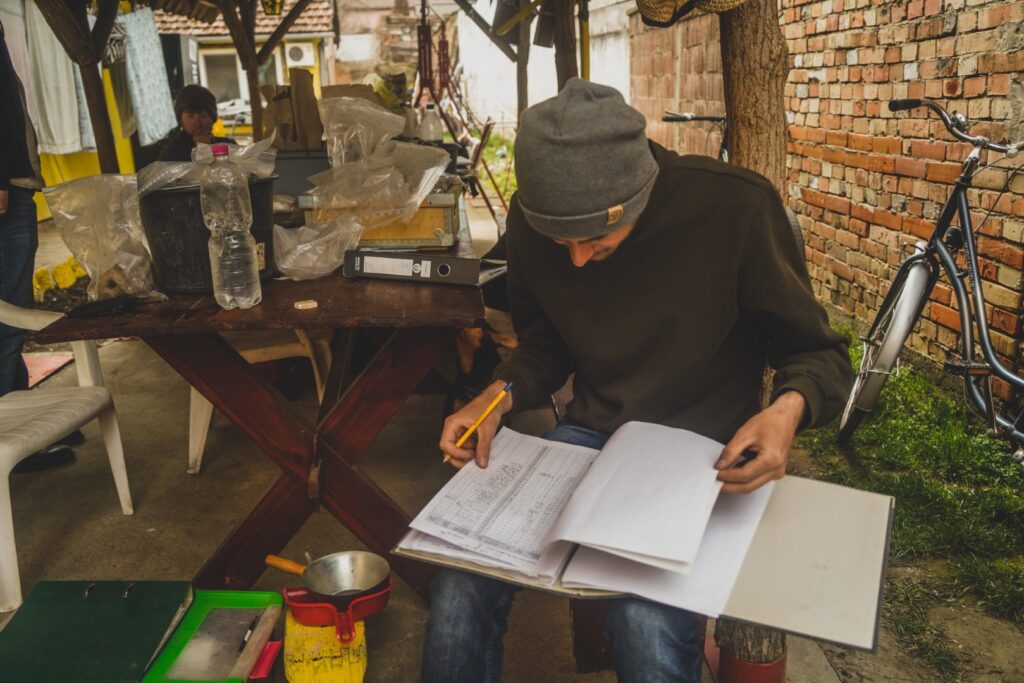
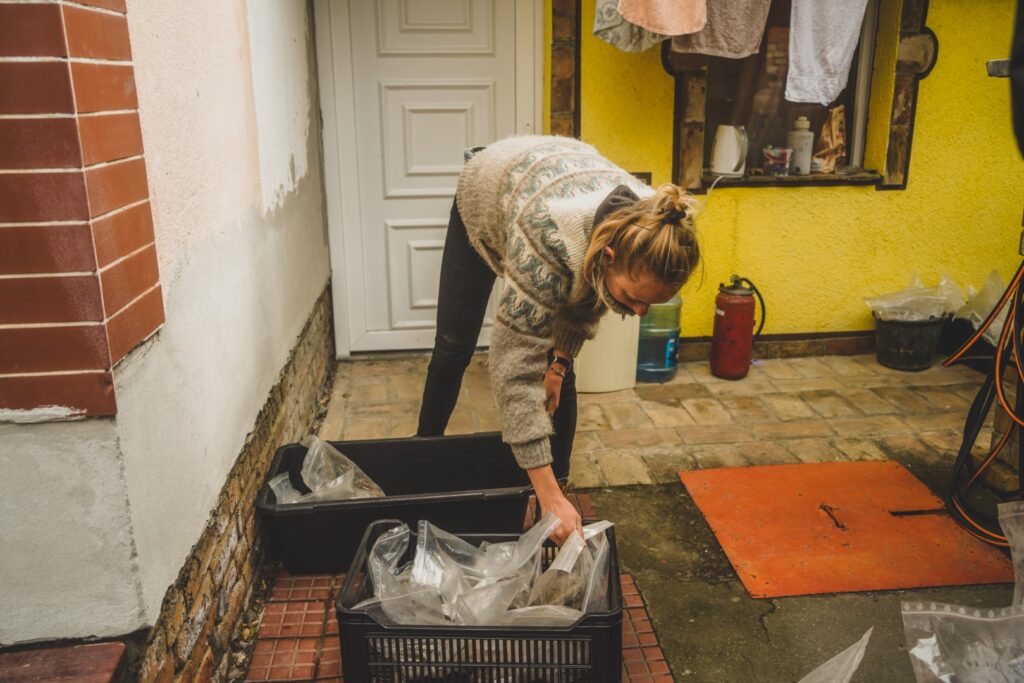
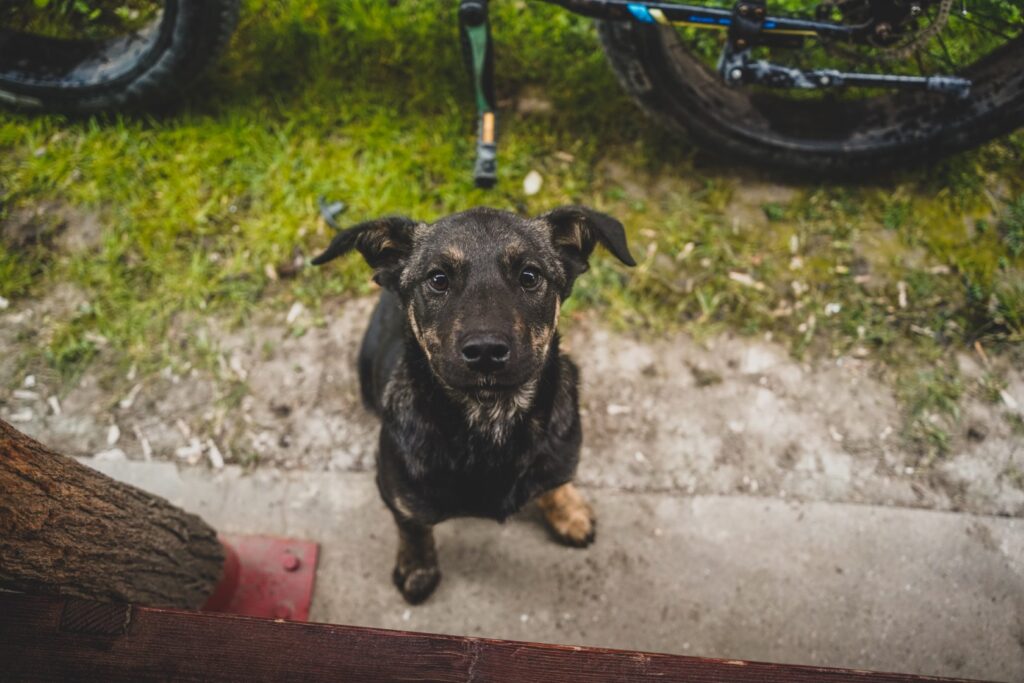
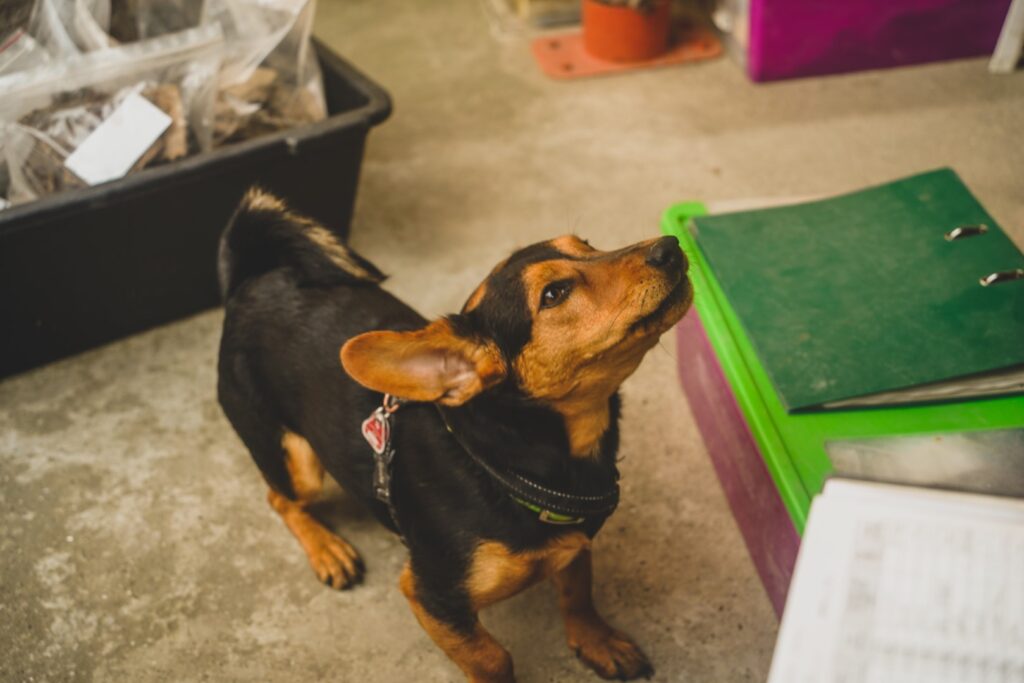
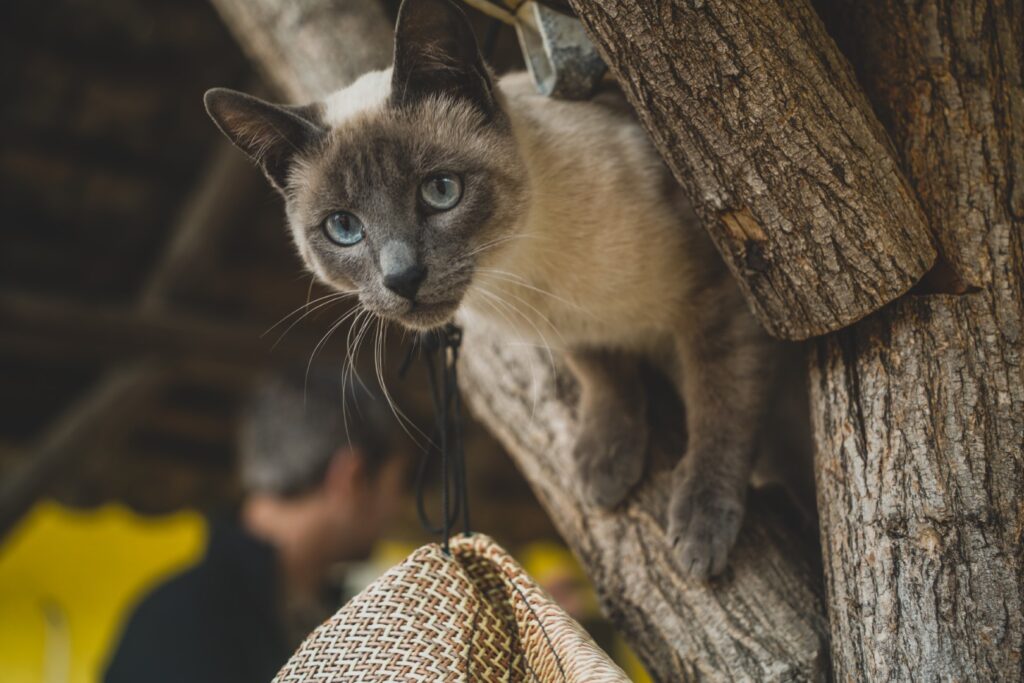
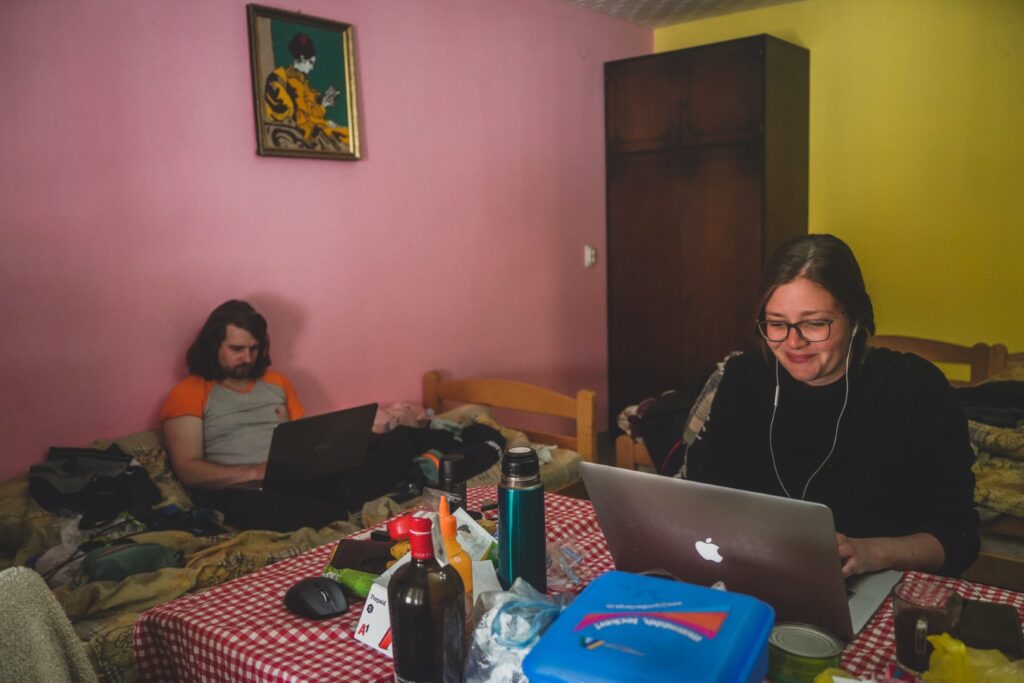
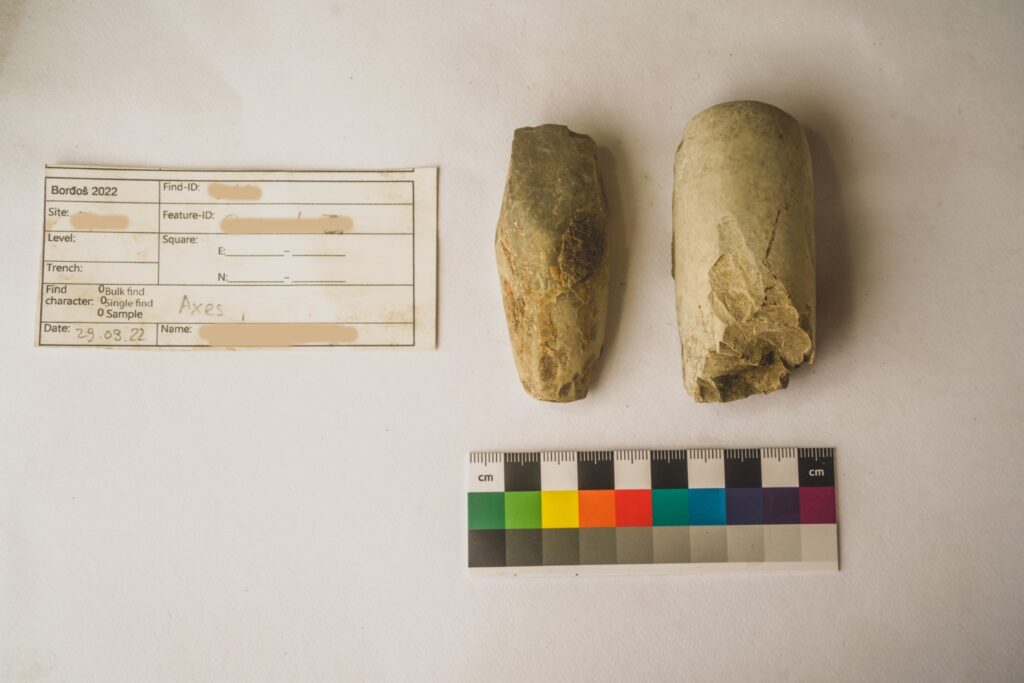

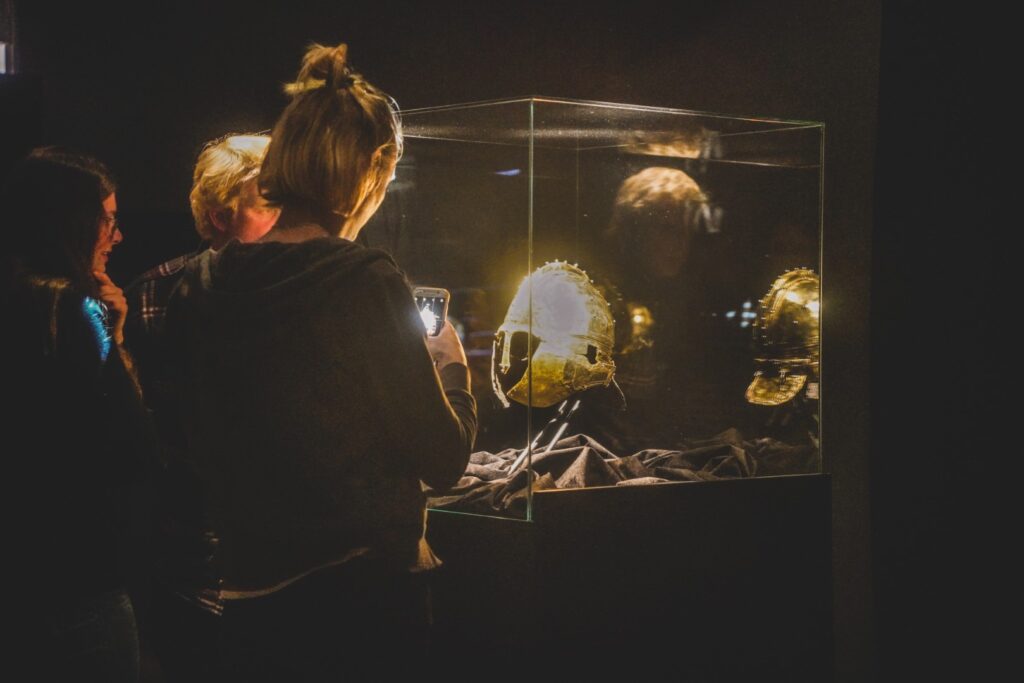
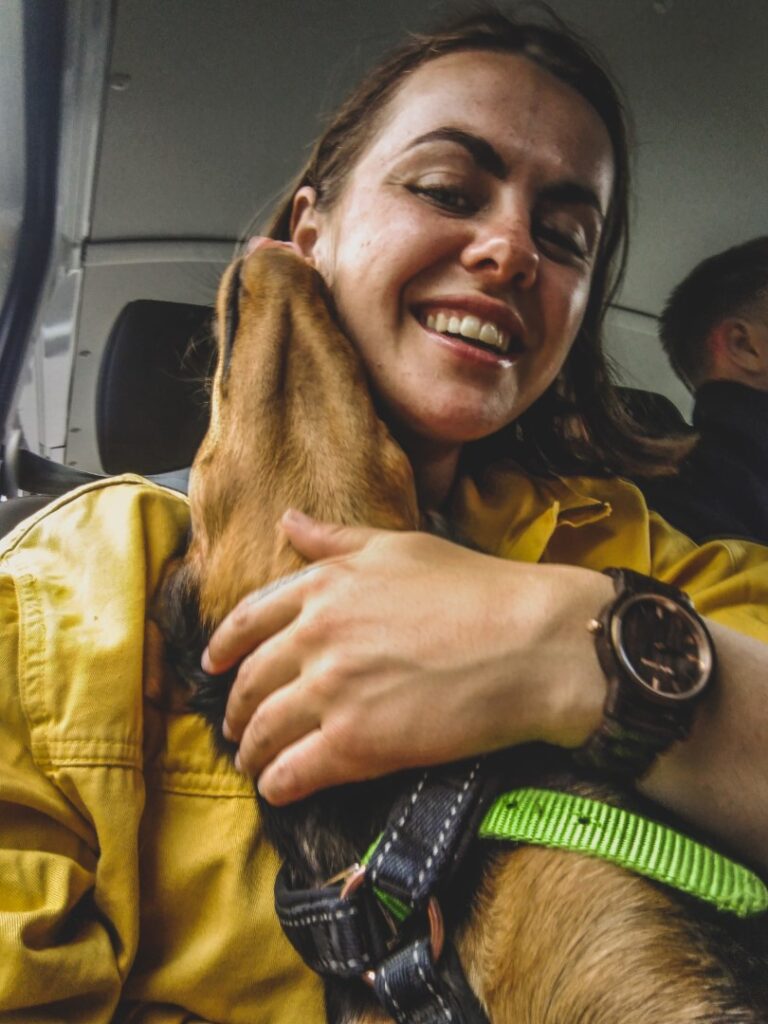
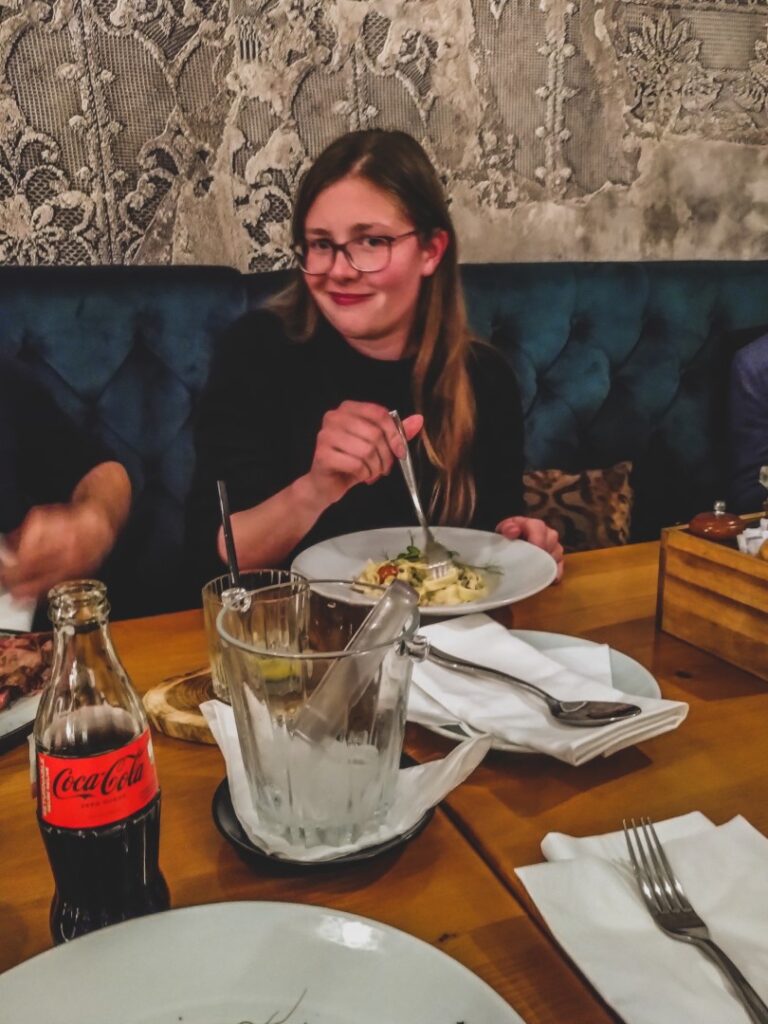
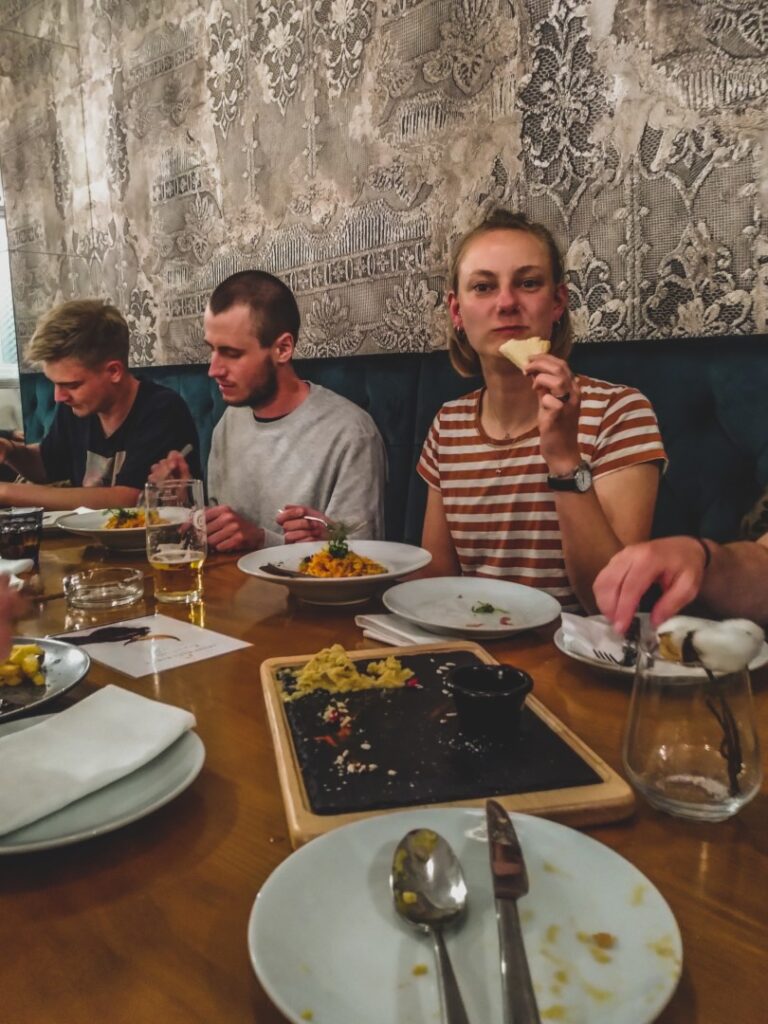
Another fun and interesting project in Serbia had come to an end with great results and prospects for future work in the area.
I’m thankful for this opportunity to work on the project again, and get to see much more of northern Serbia, a region I’ve come to love and miss a lot. I even feel homesick for Novi Bečej sometimes! I hope I get to visit again someday.
Leave a Comment
Pingback: A brief visit to Zrenjanin, a small city in northern Serbia – Northtrotter on 10/01/2023
Pingback: Subotica: Art Nouveau at the very north of Serbia – Northtrotter on 10/01/2023
Pingback: My January 2023: Making the long-awaited move to Aberdeen – Northtrotter on 10/01/2023
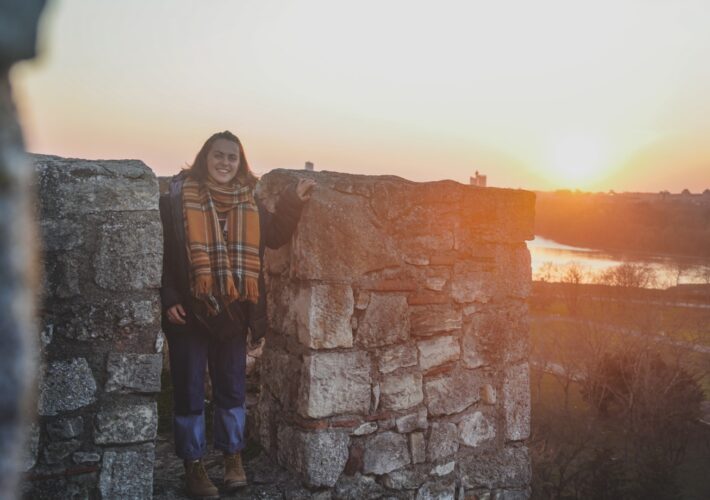
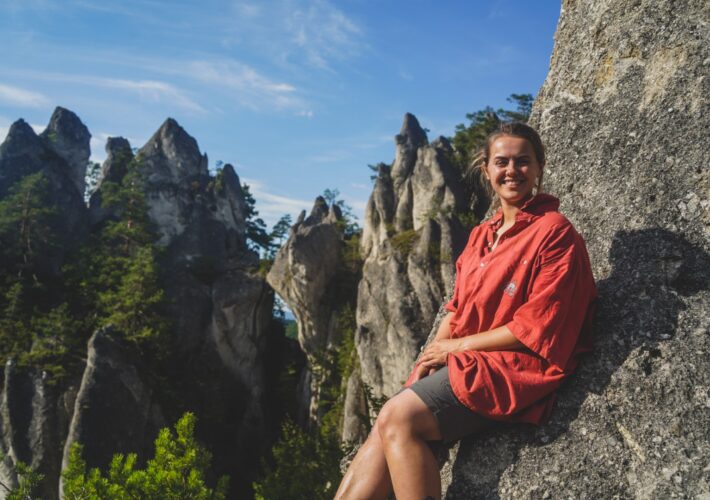
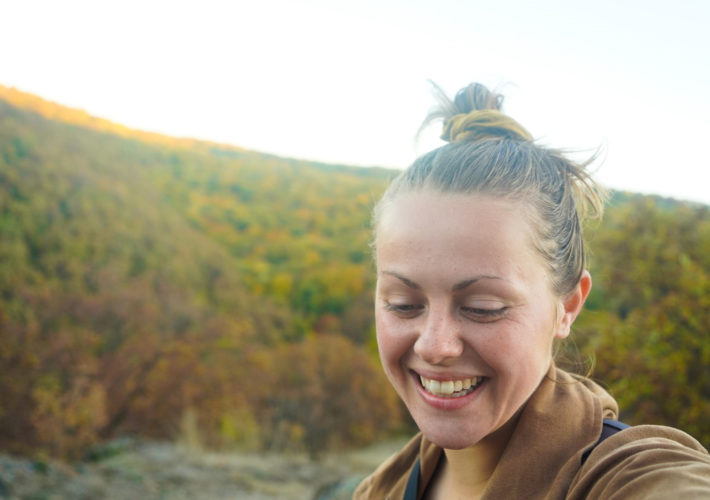

3 COMMENTS